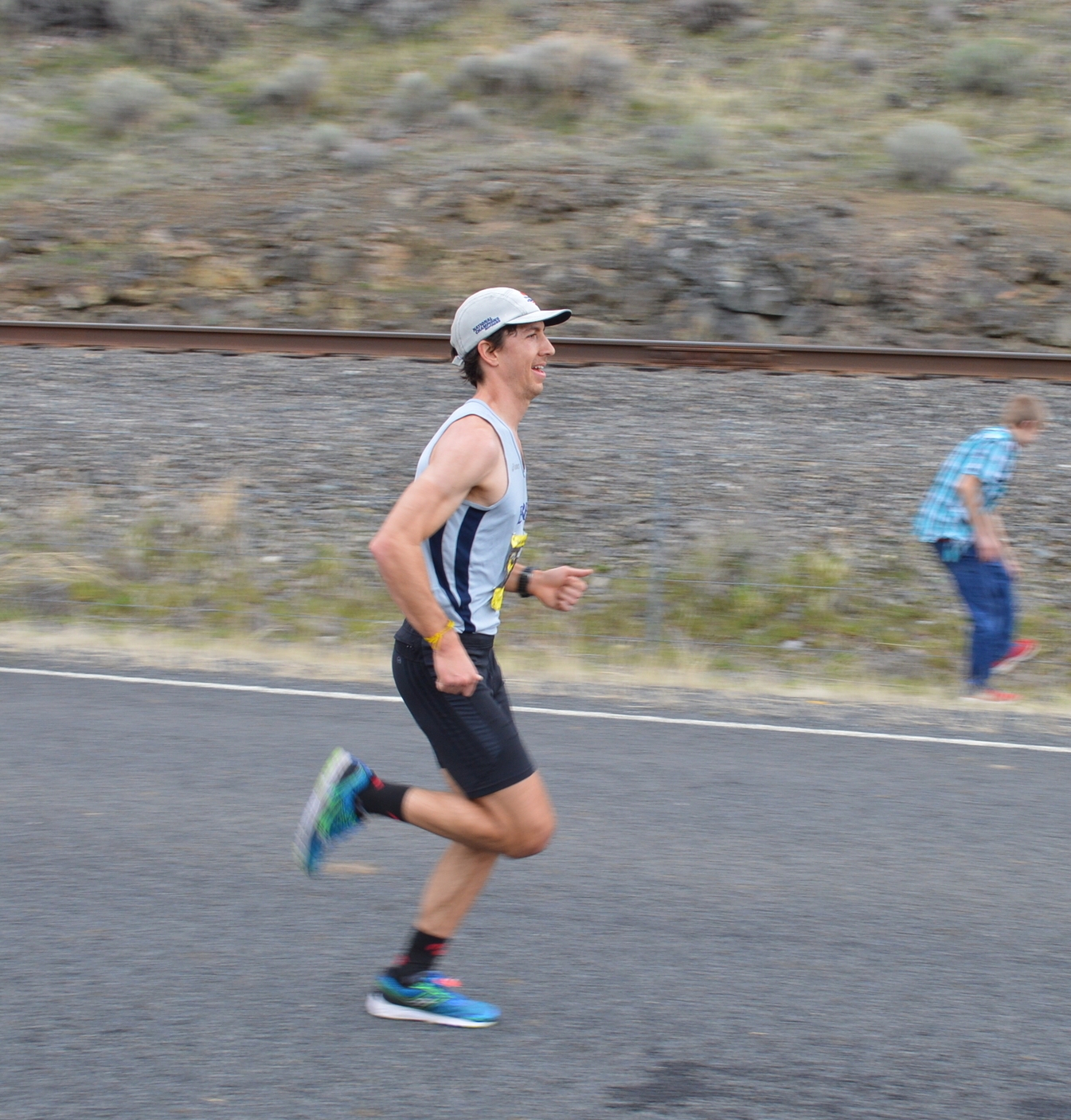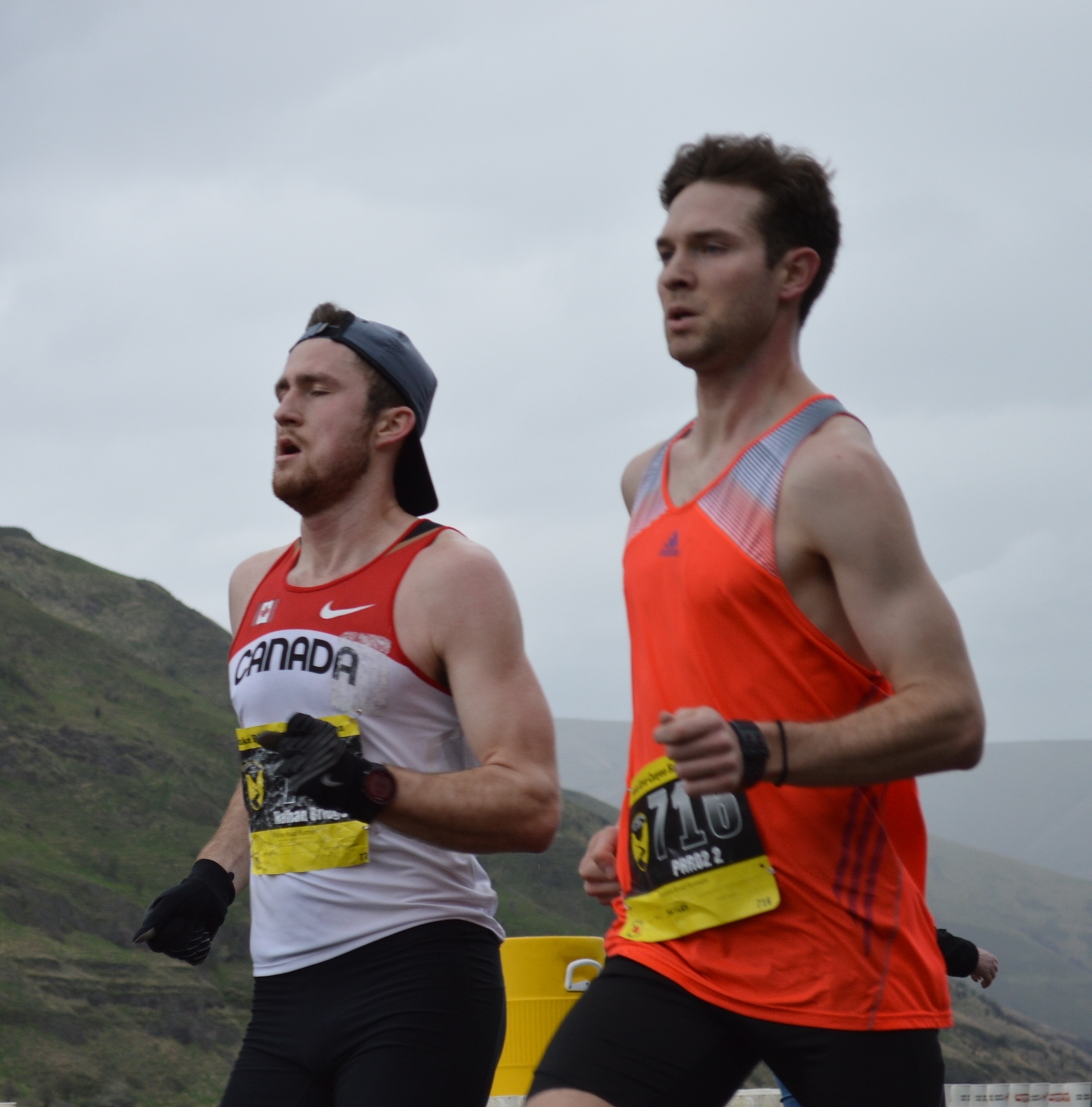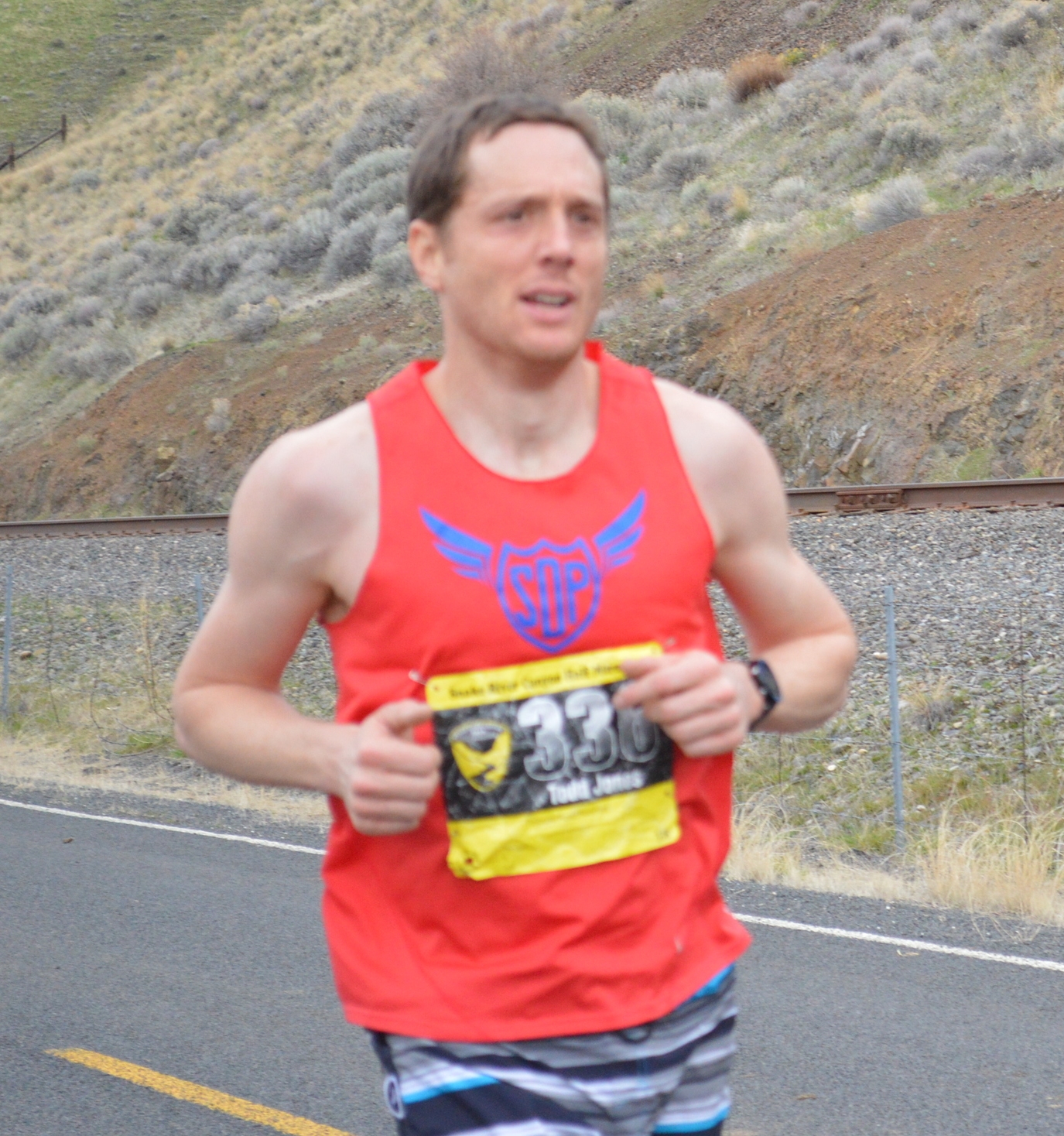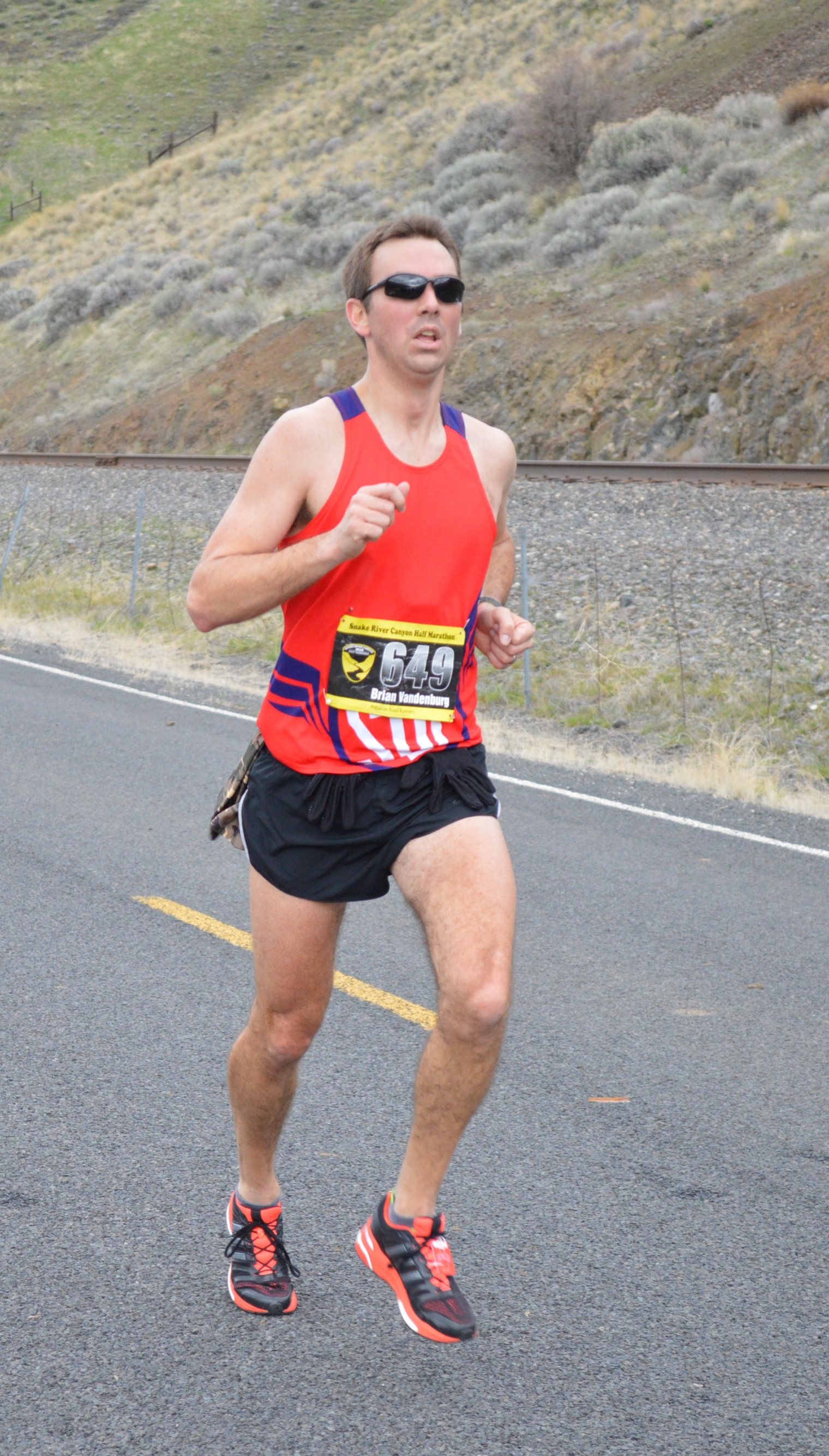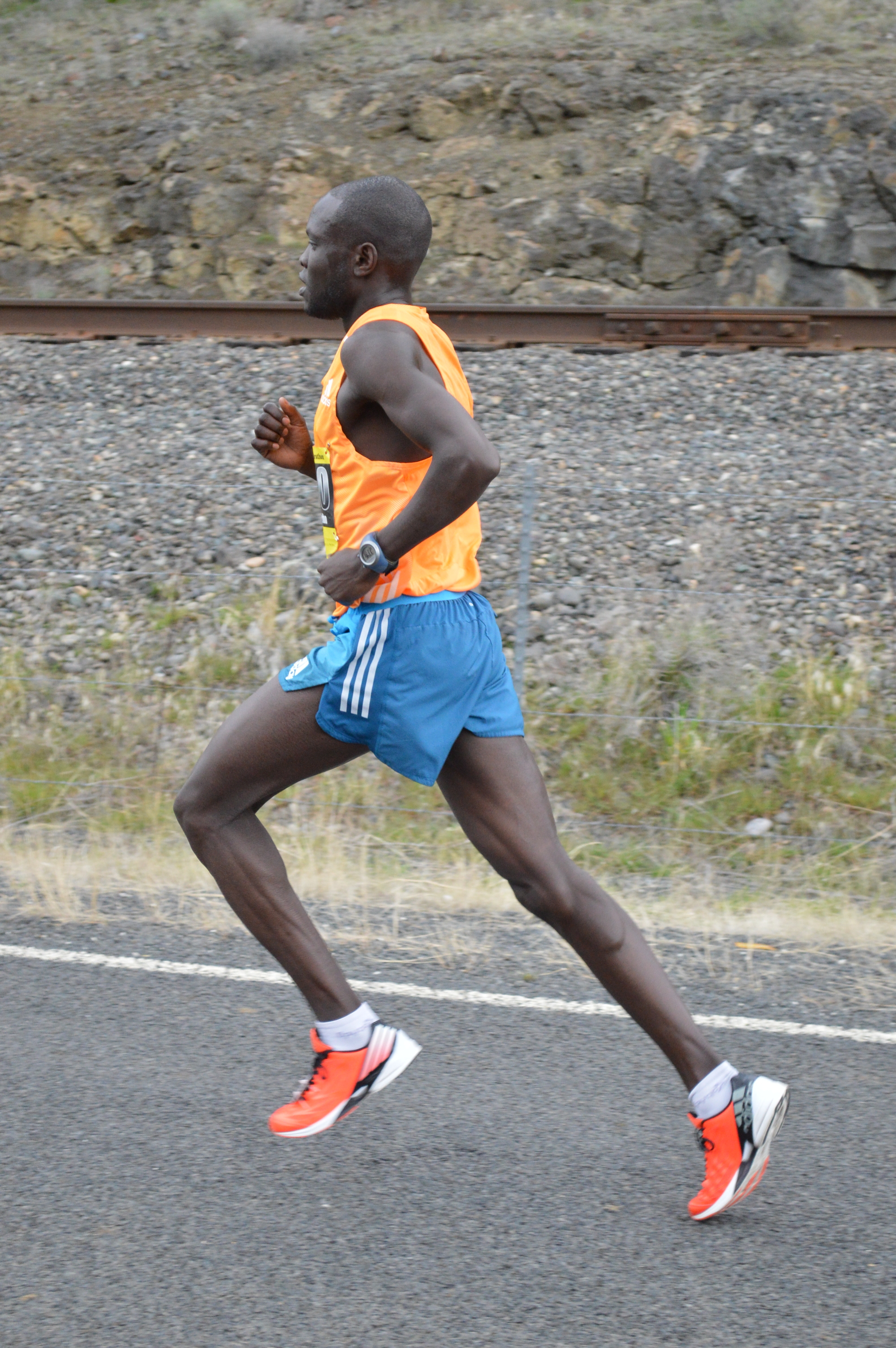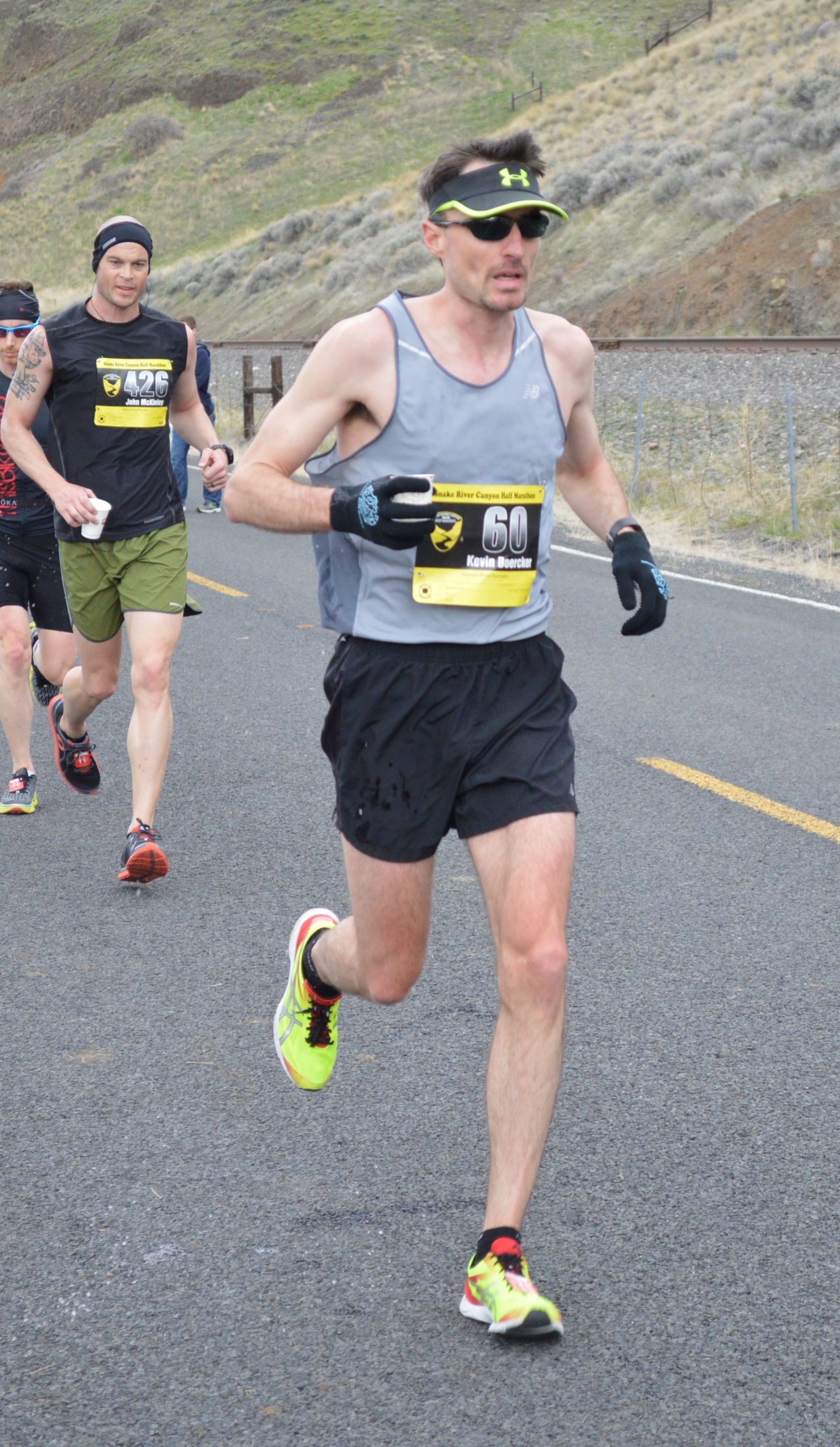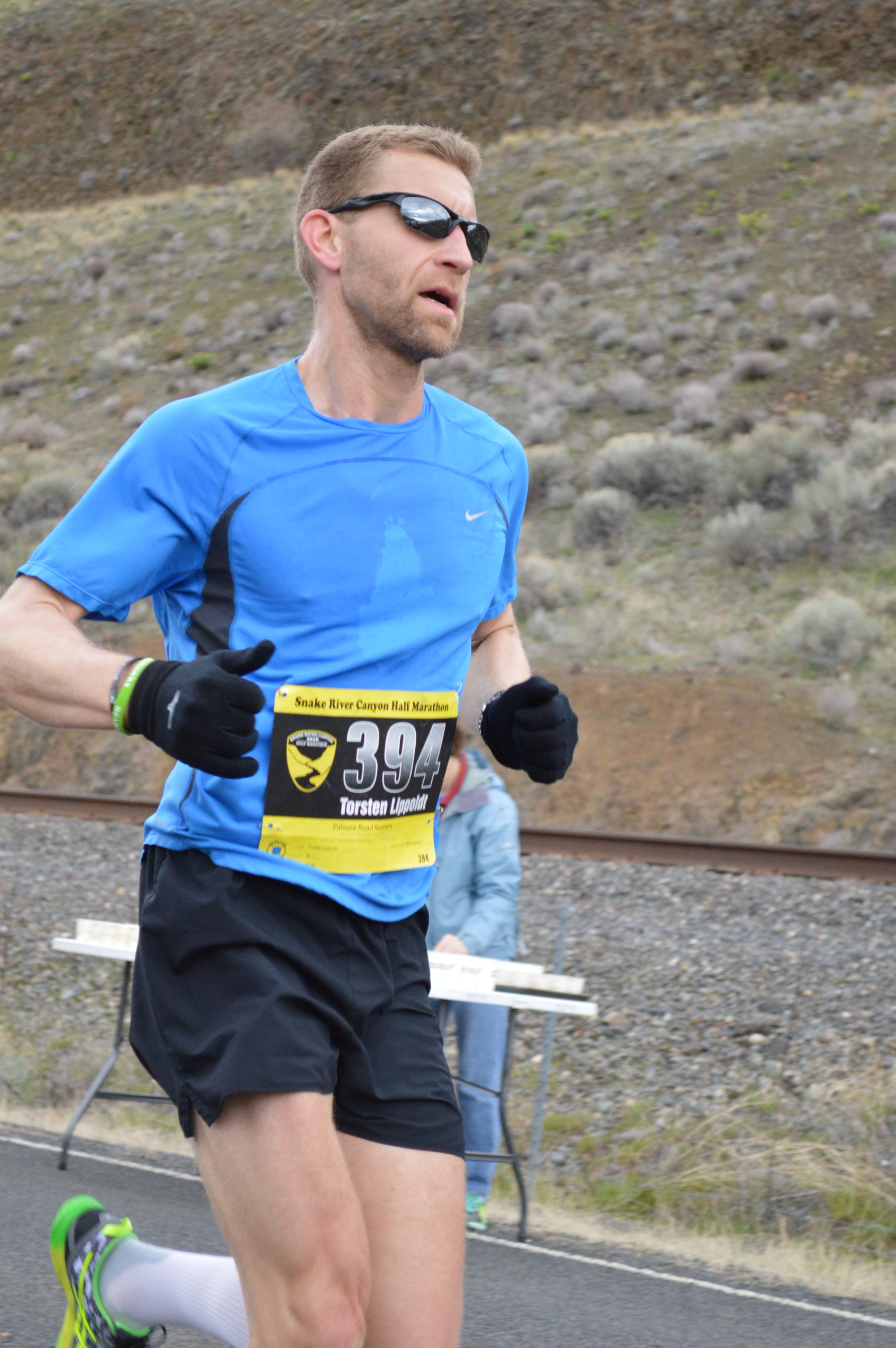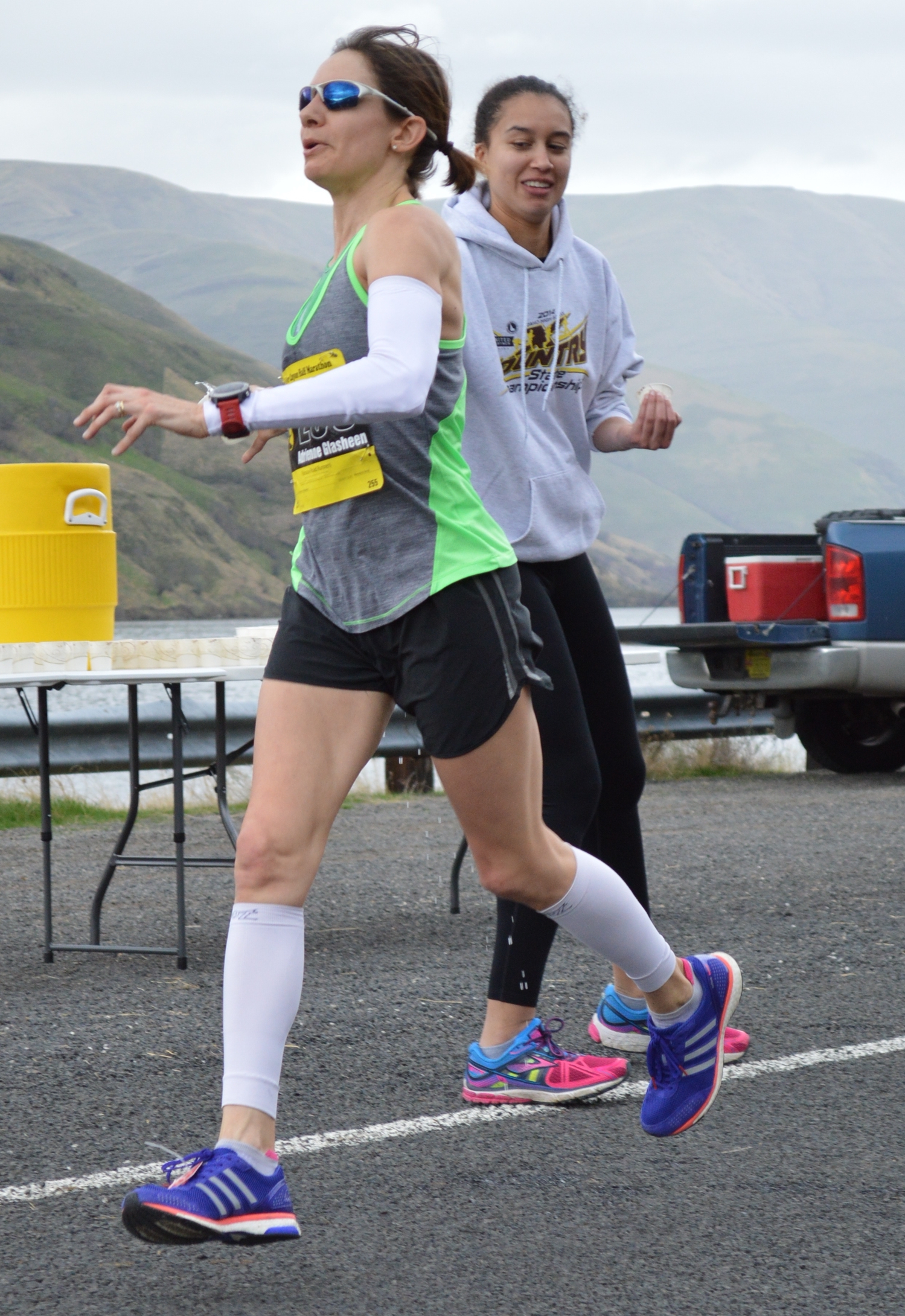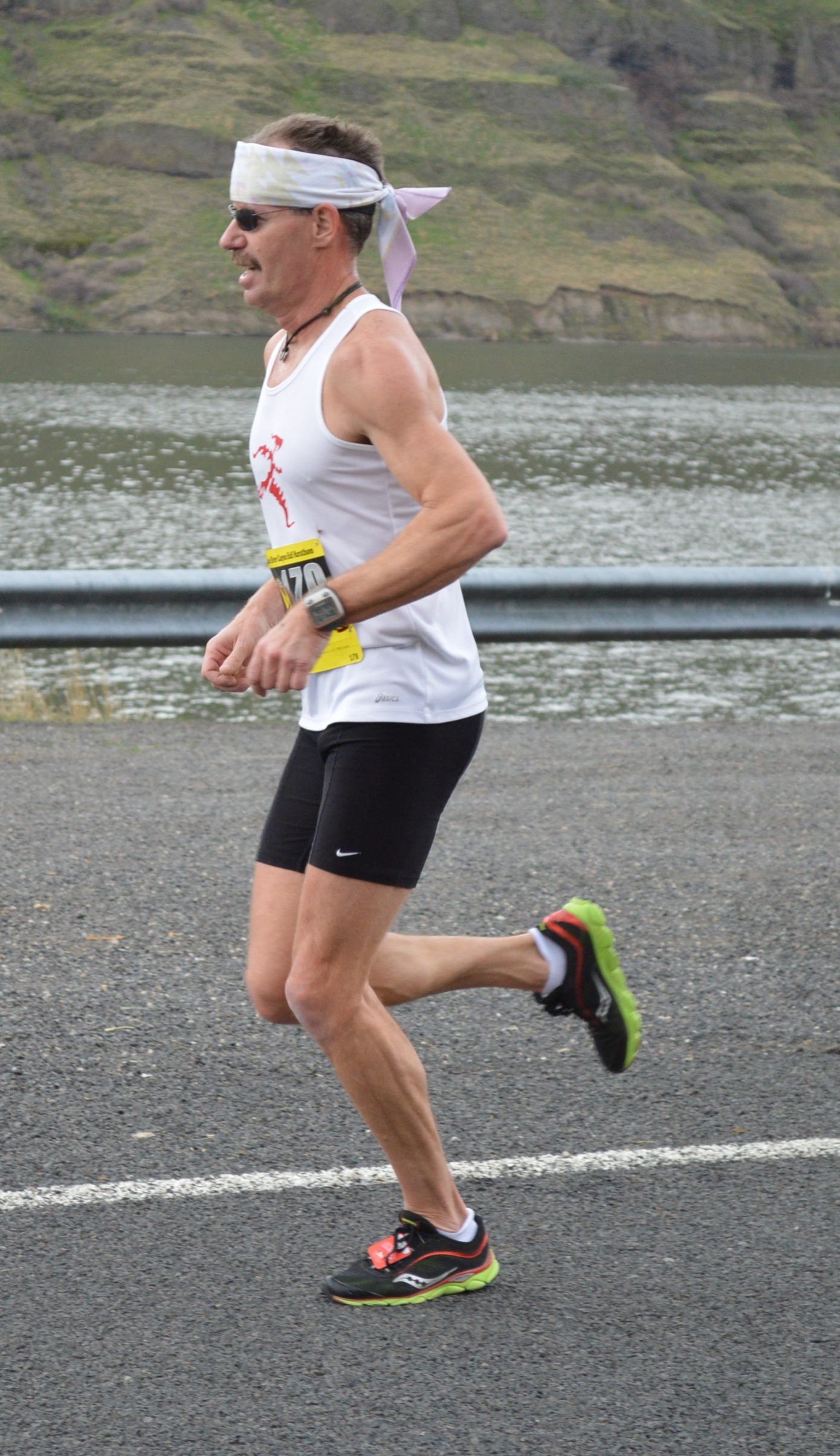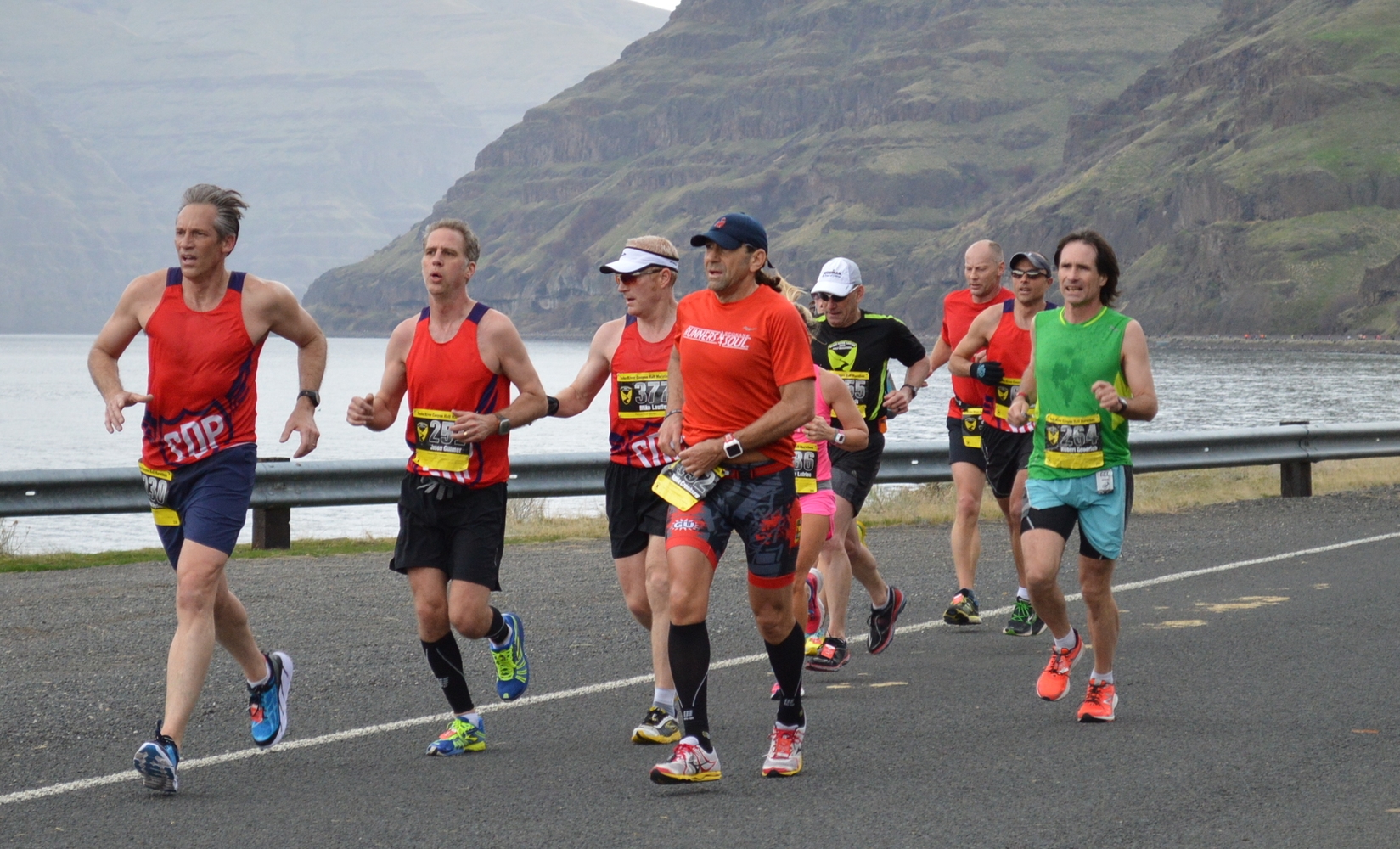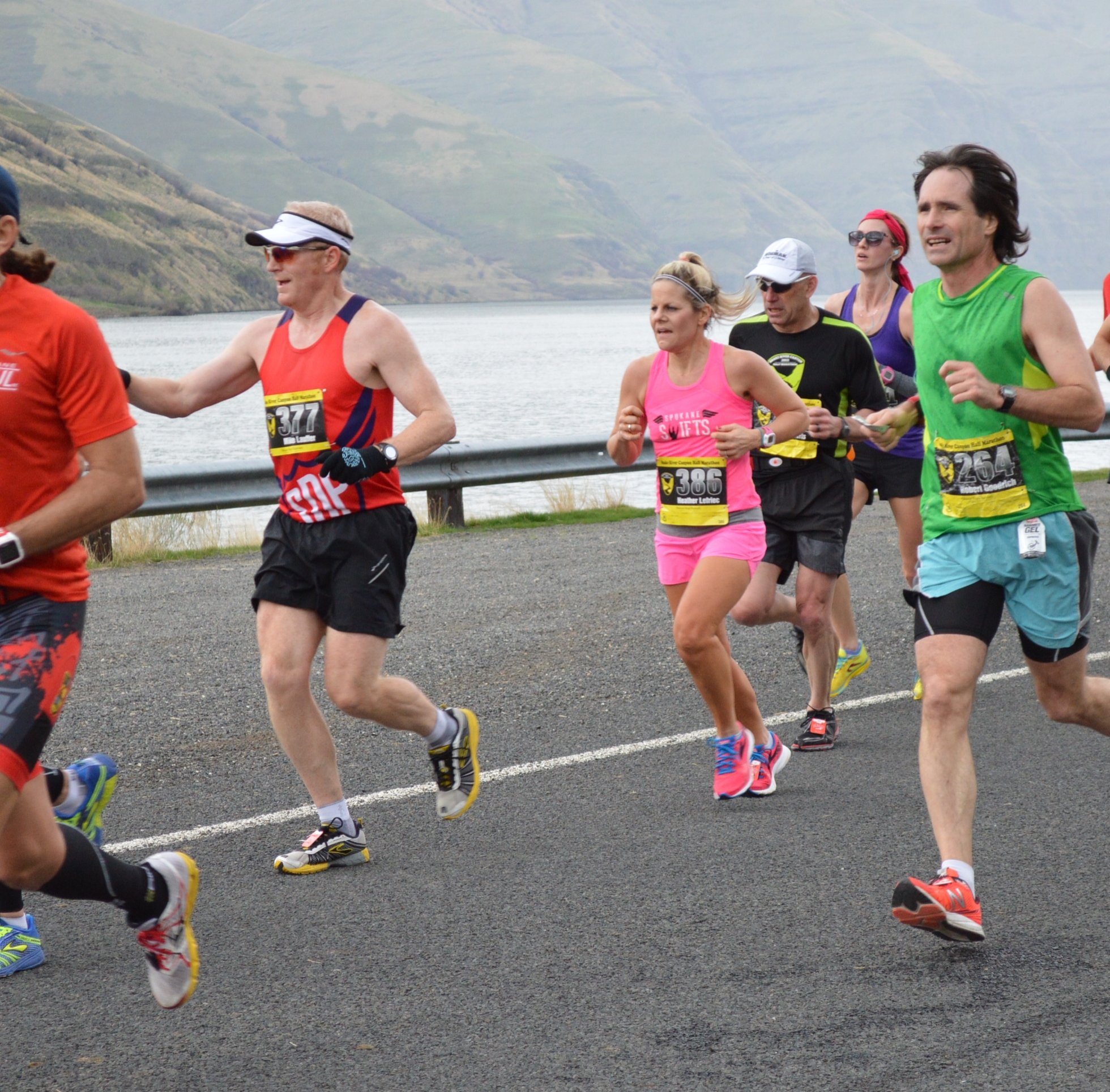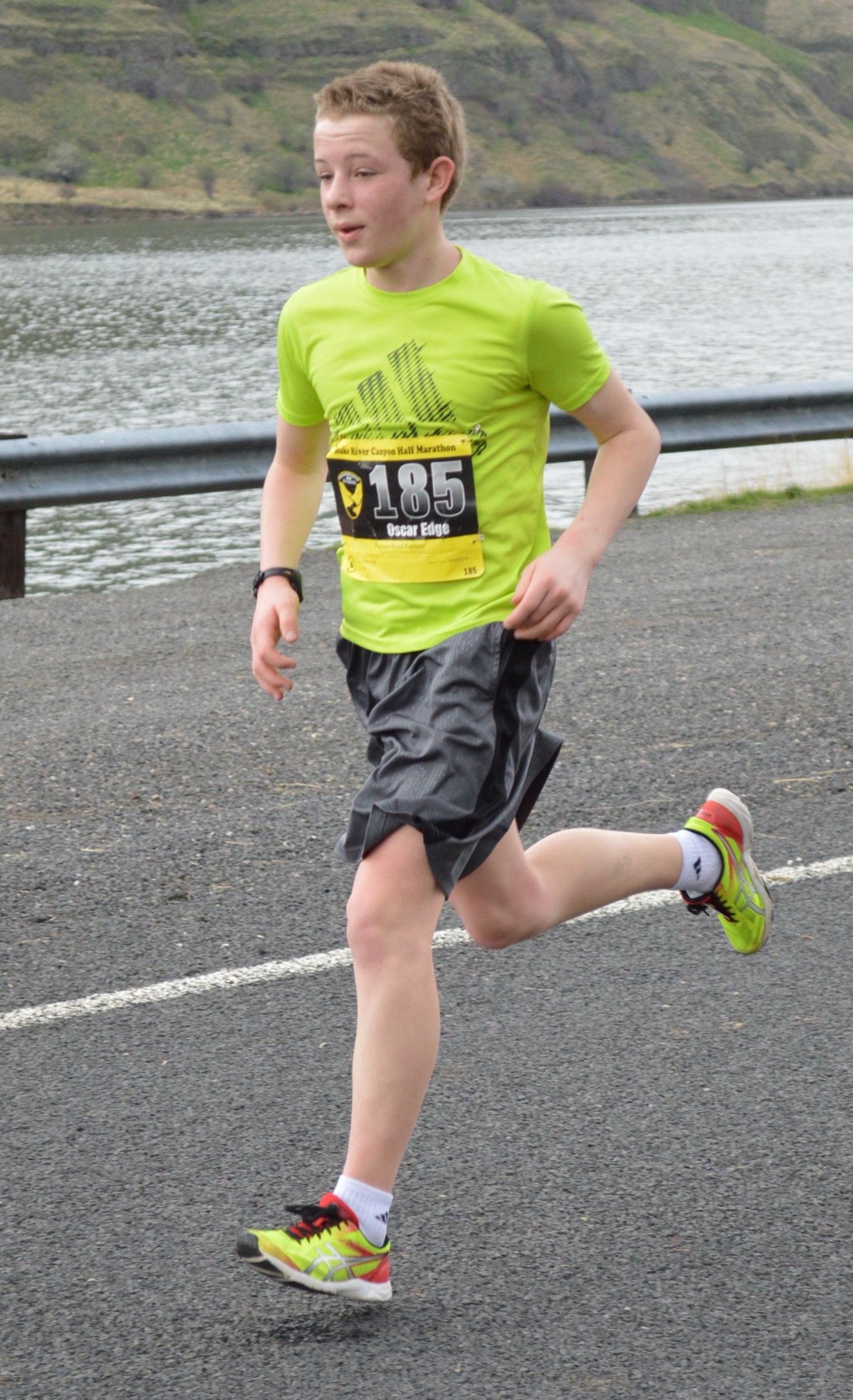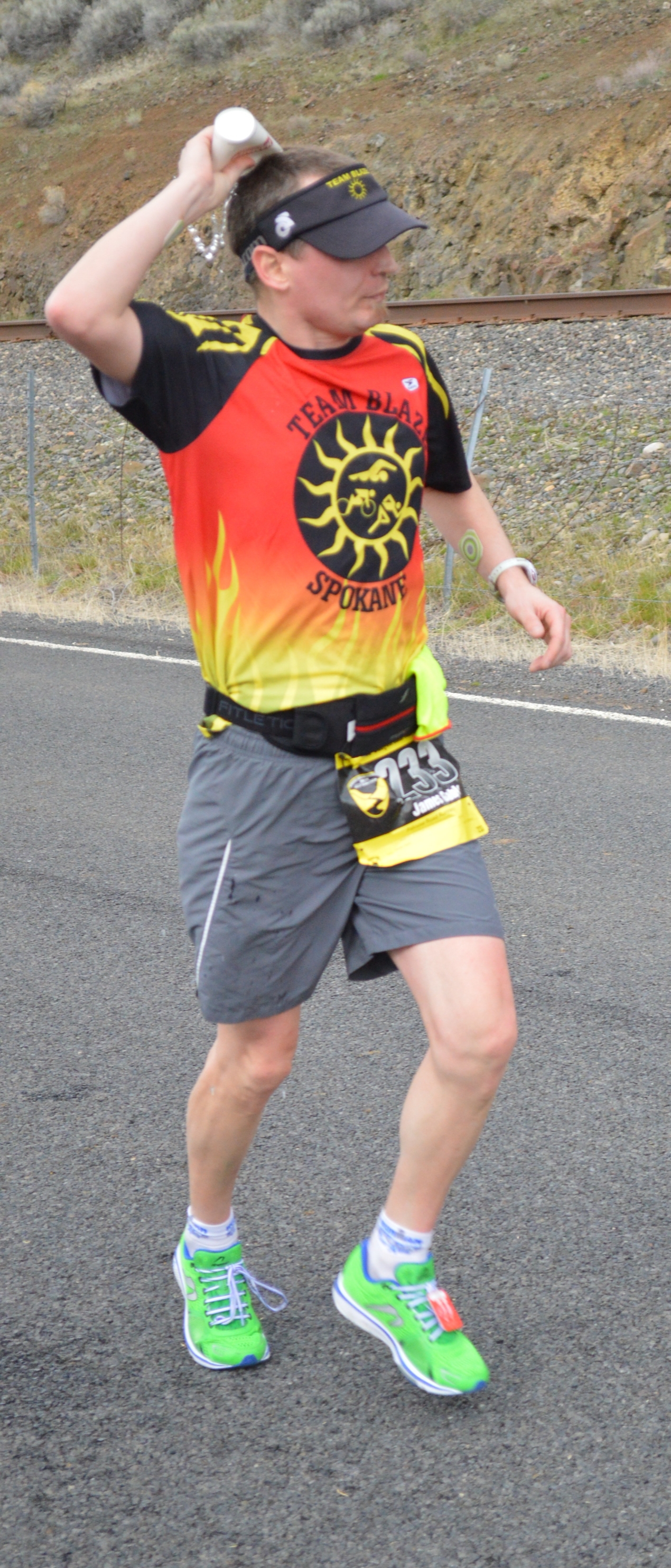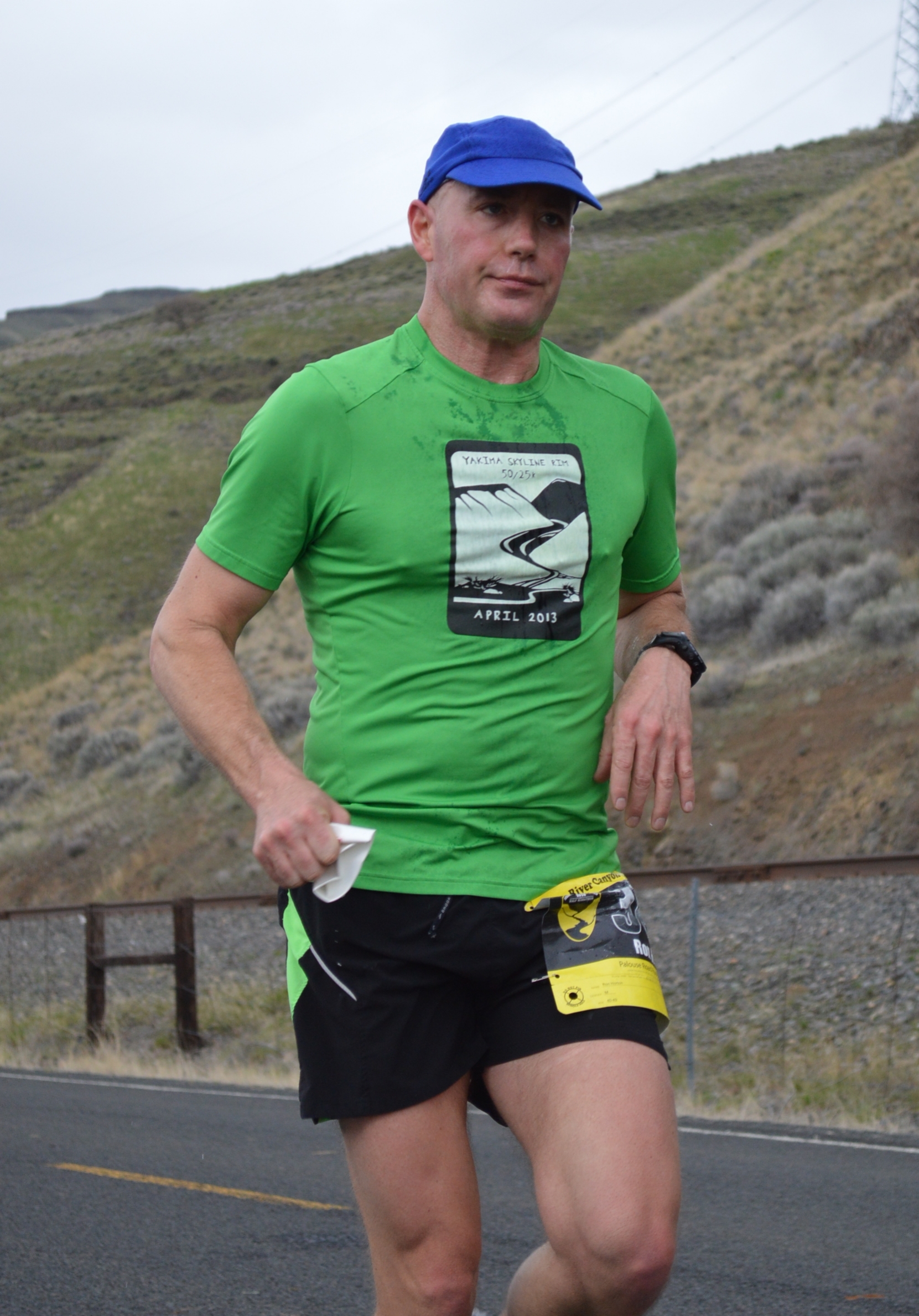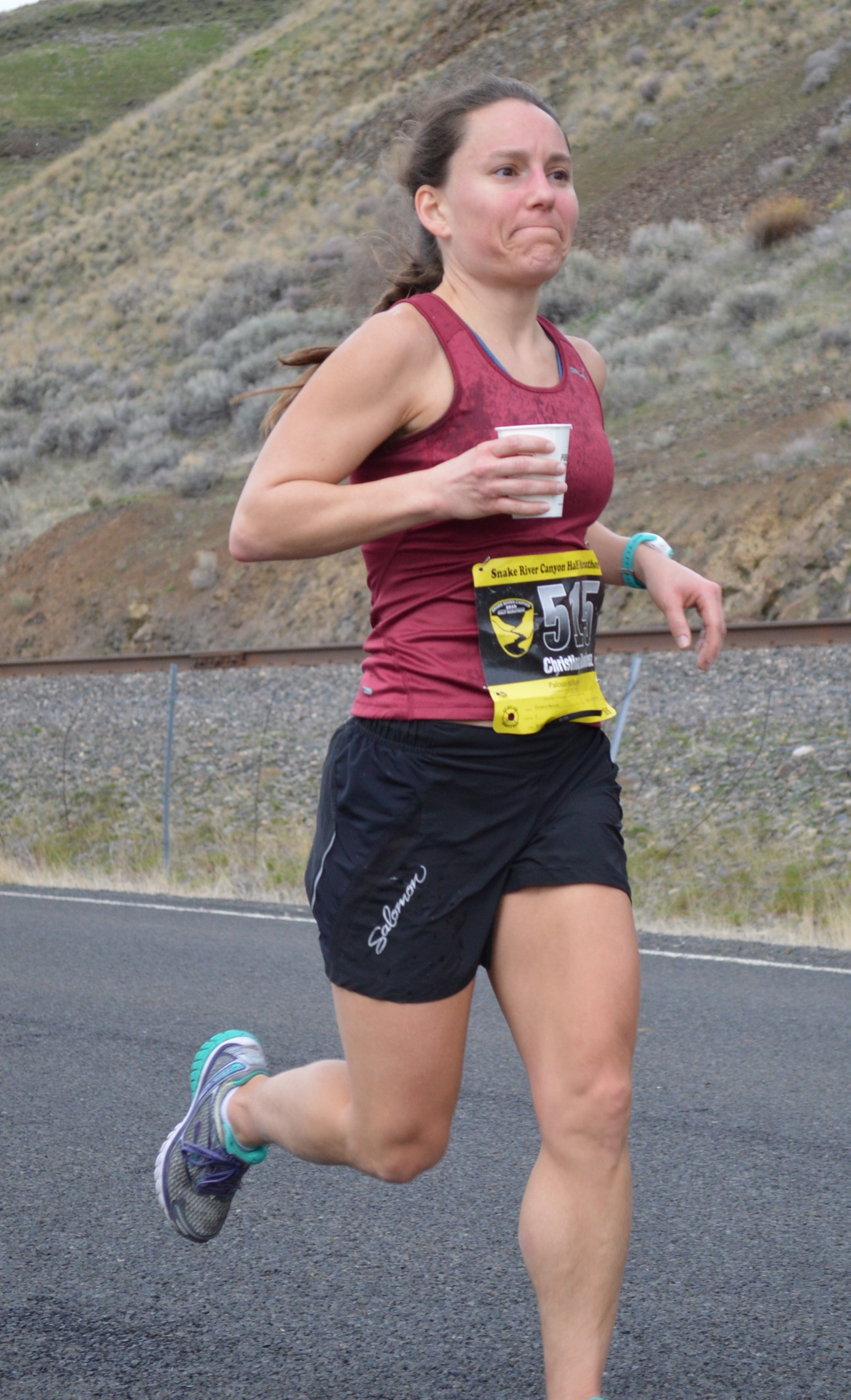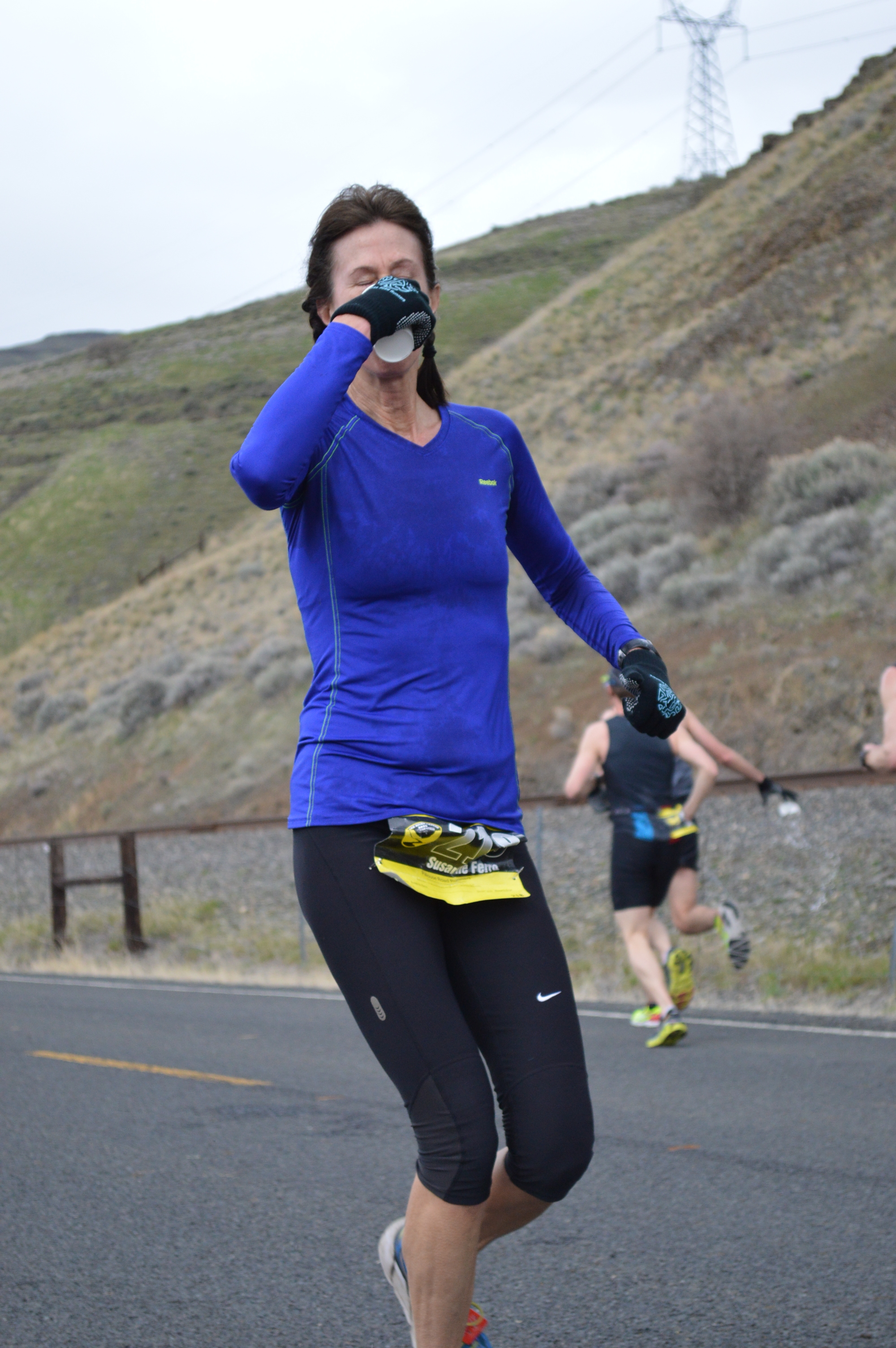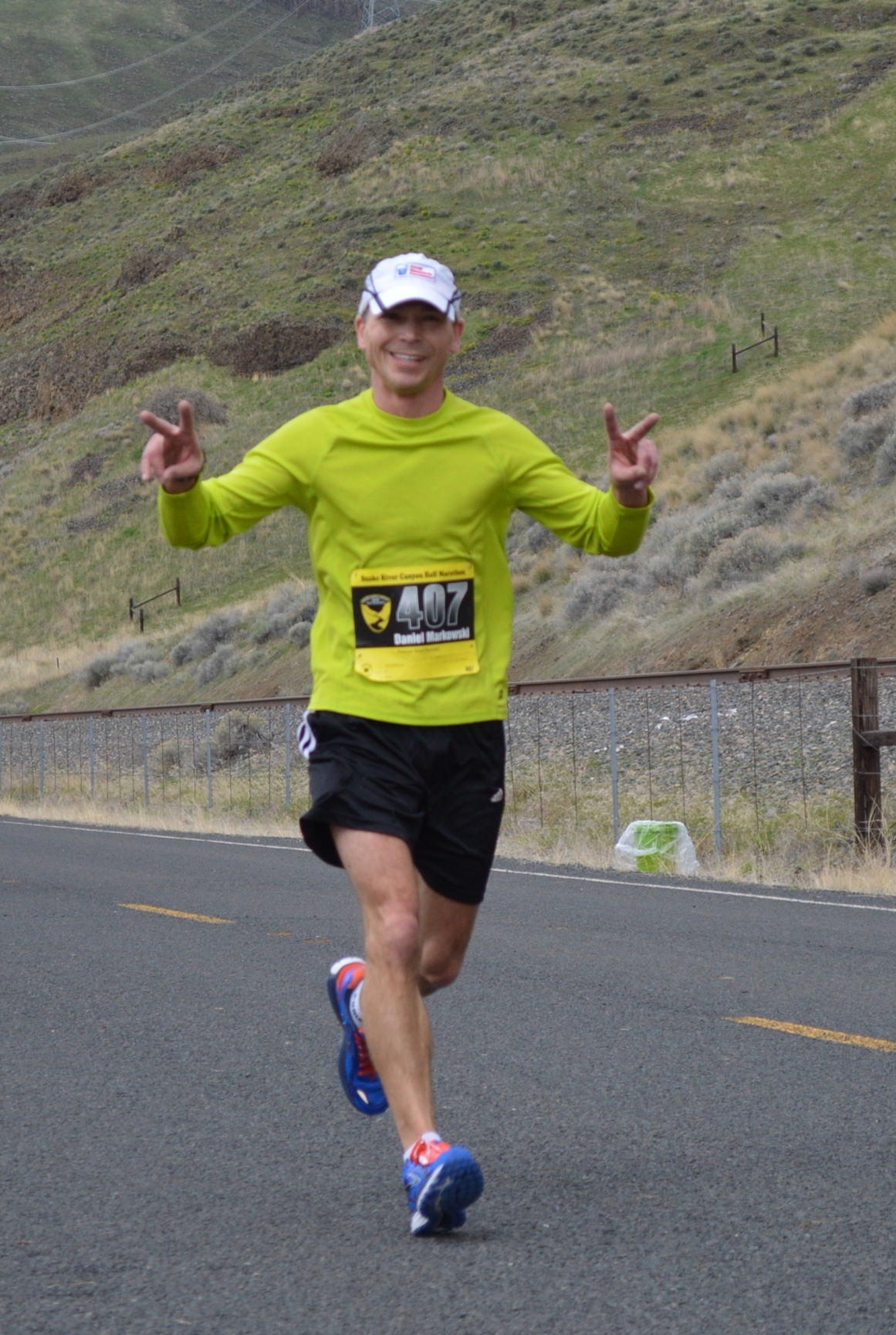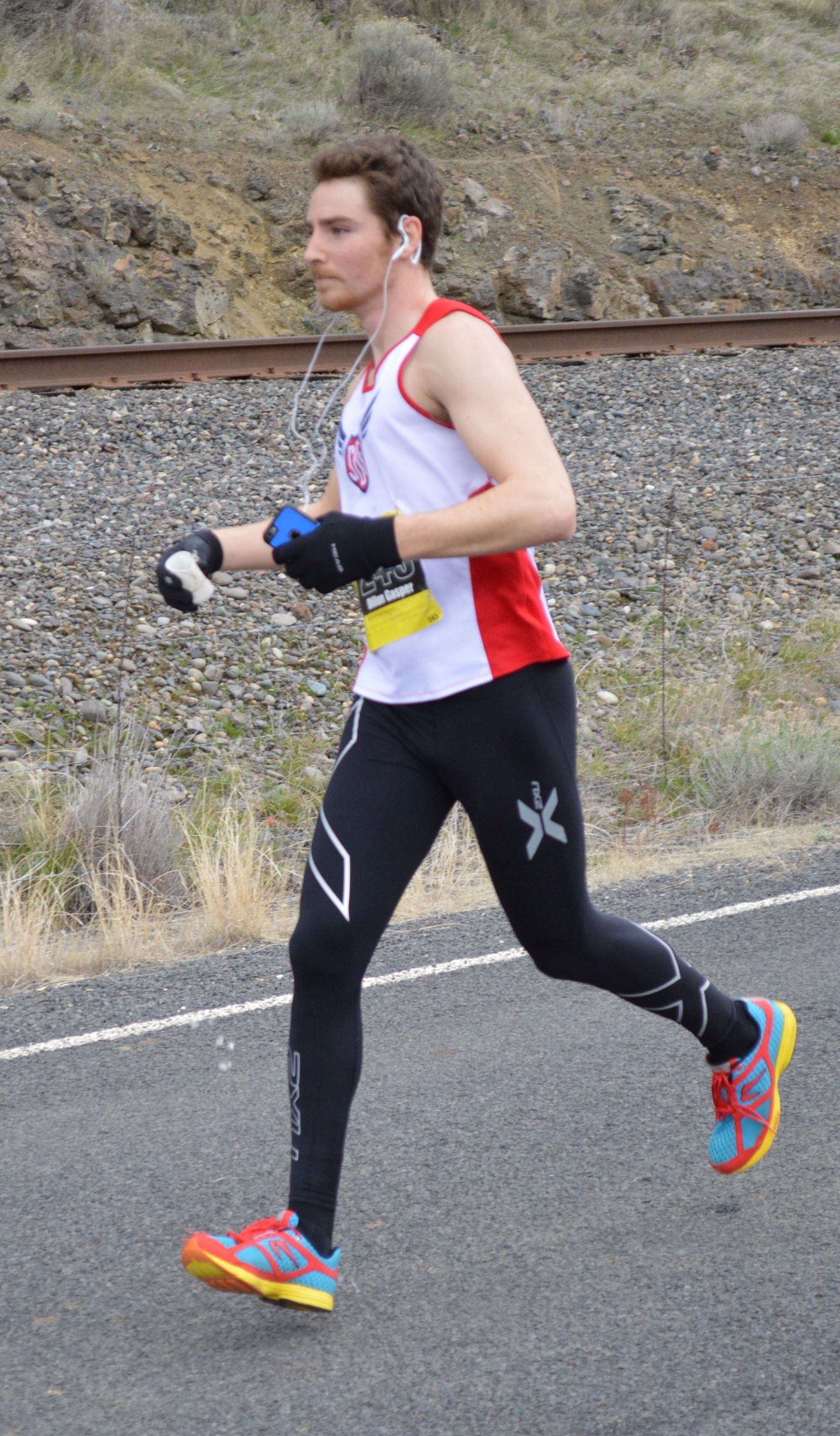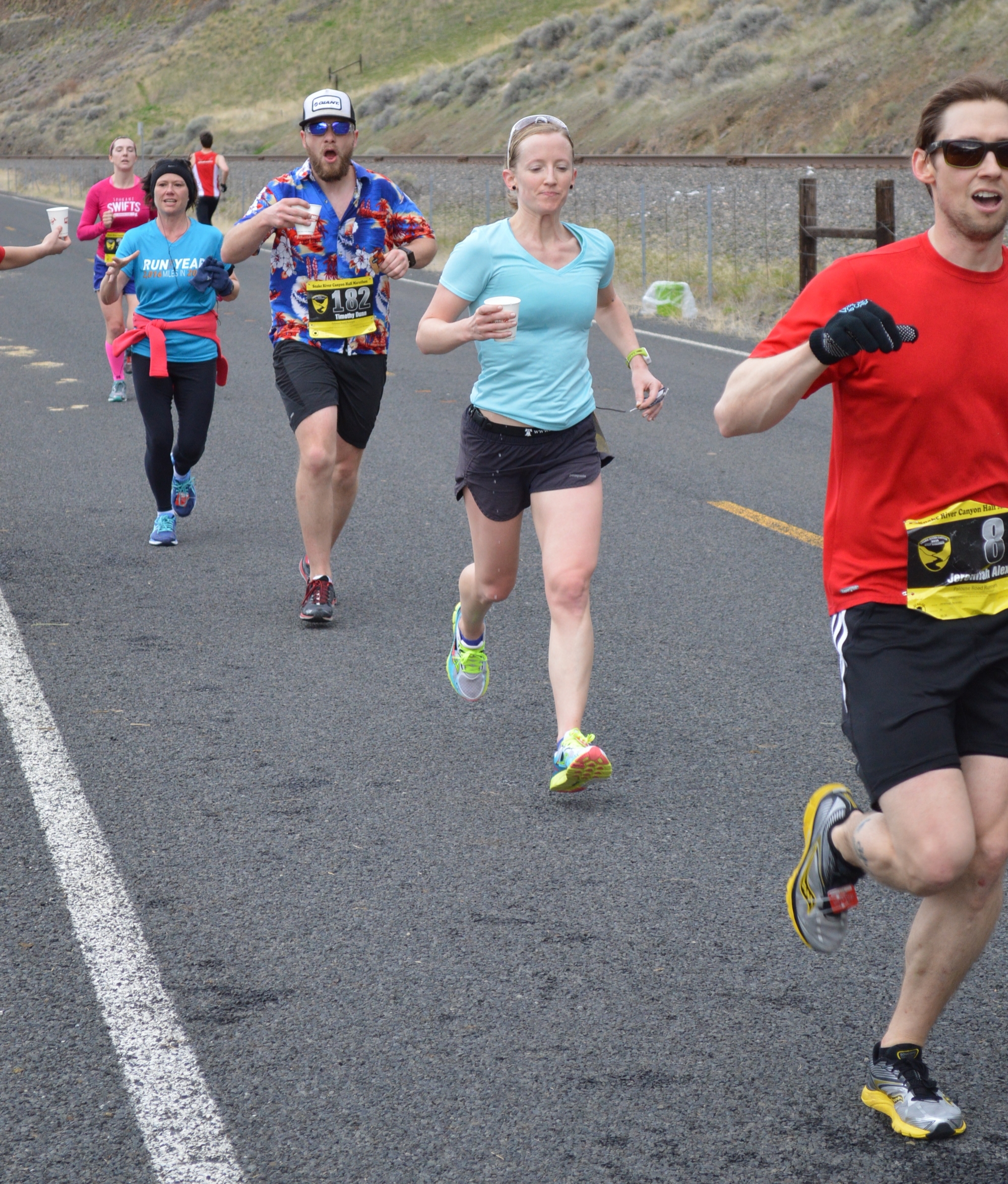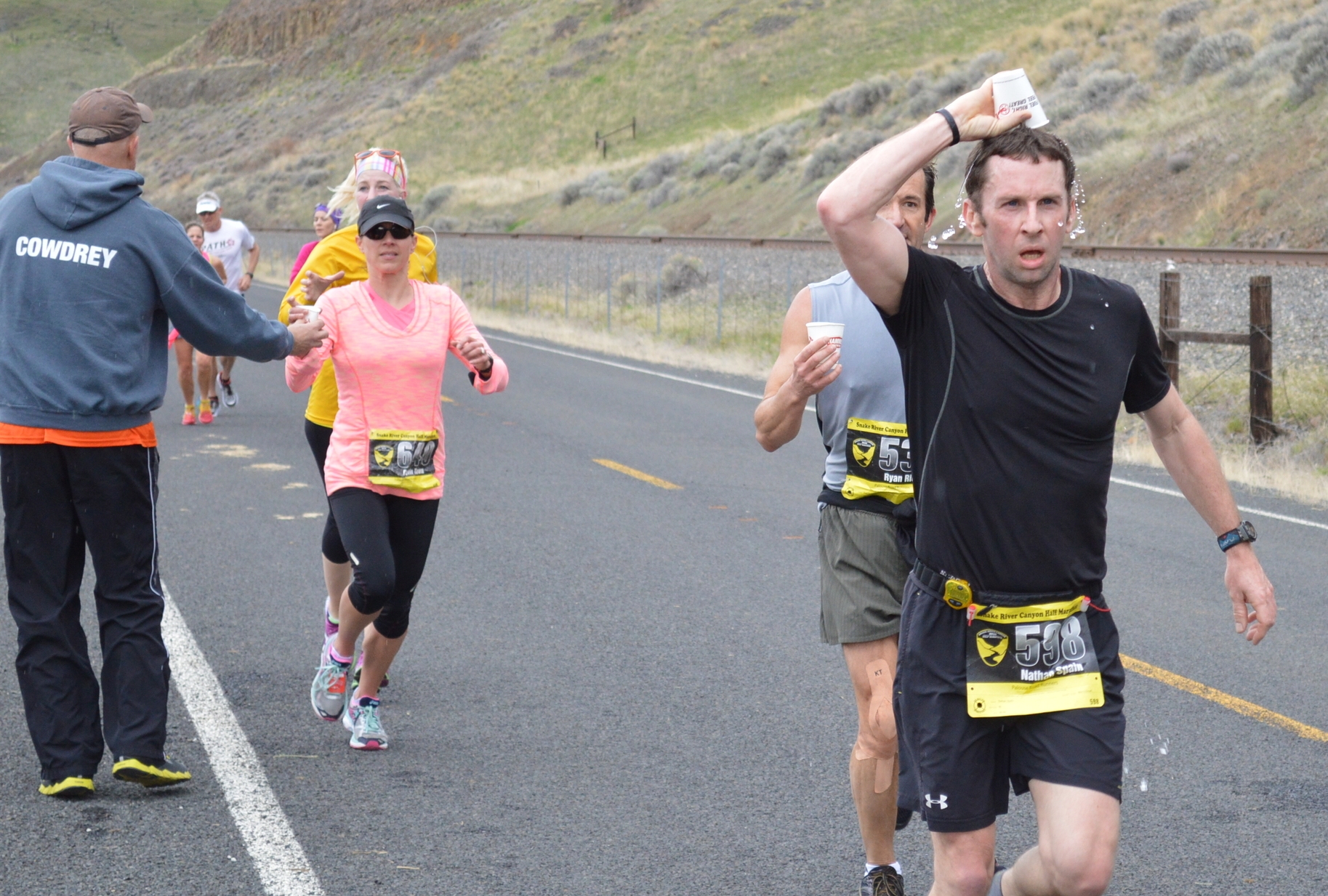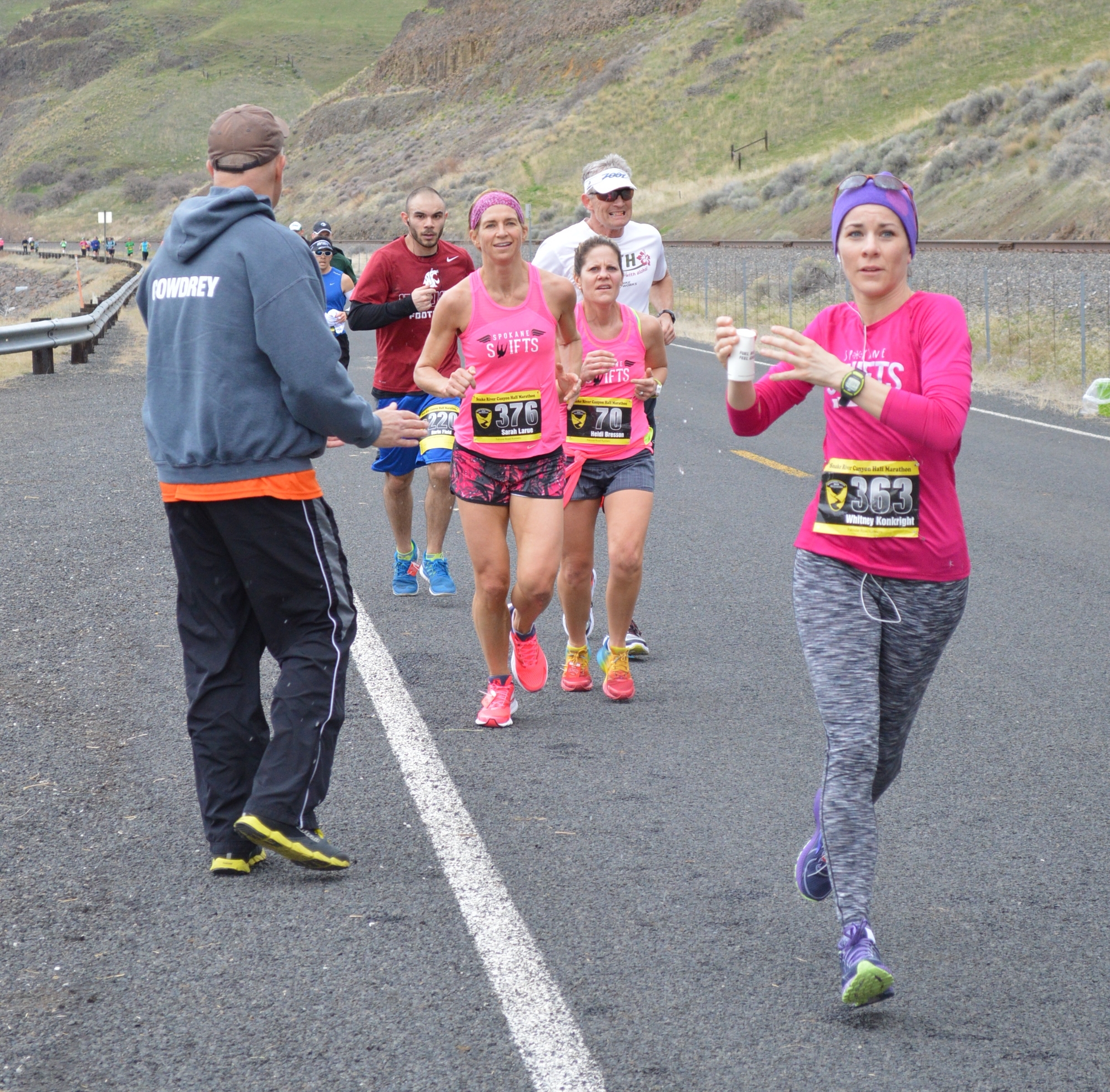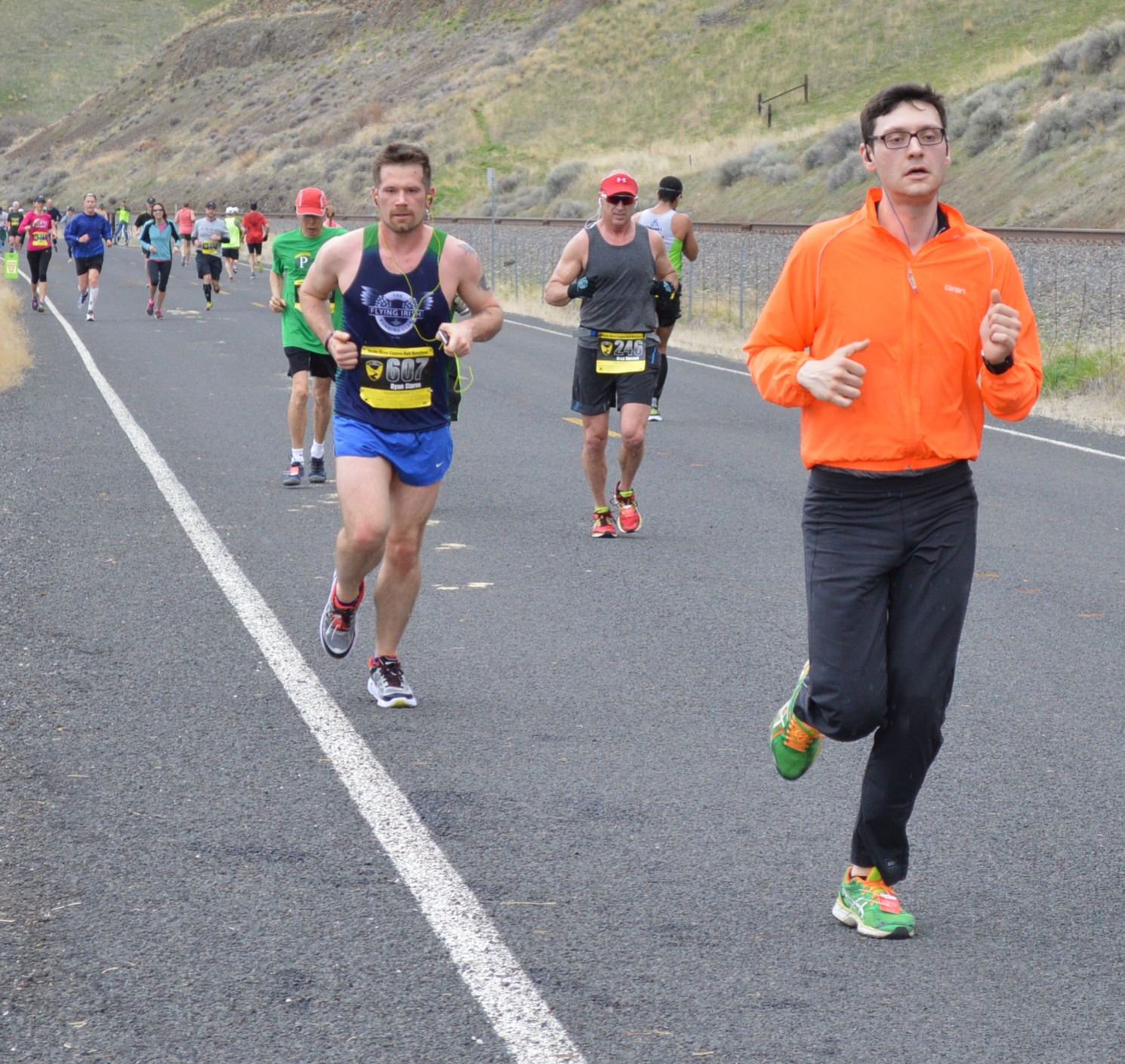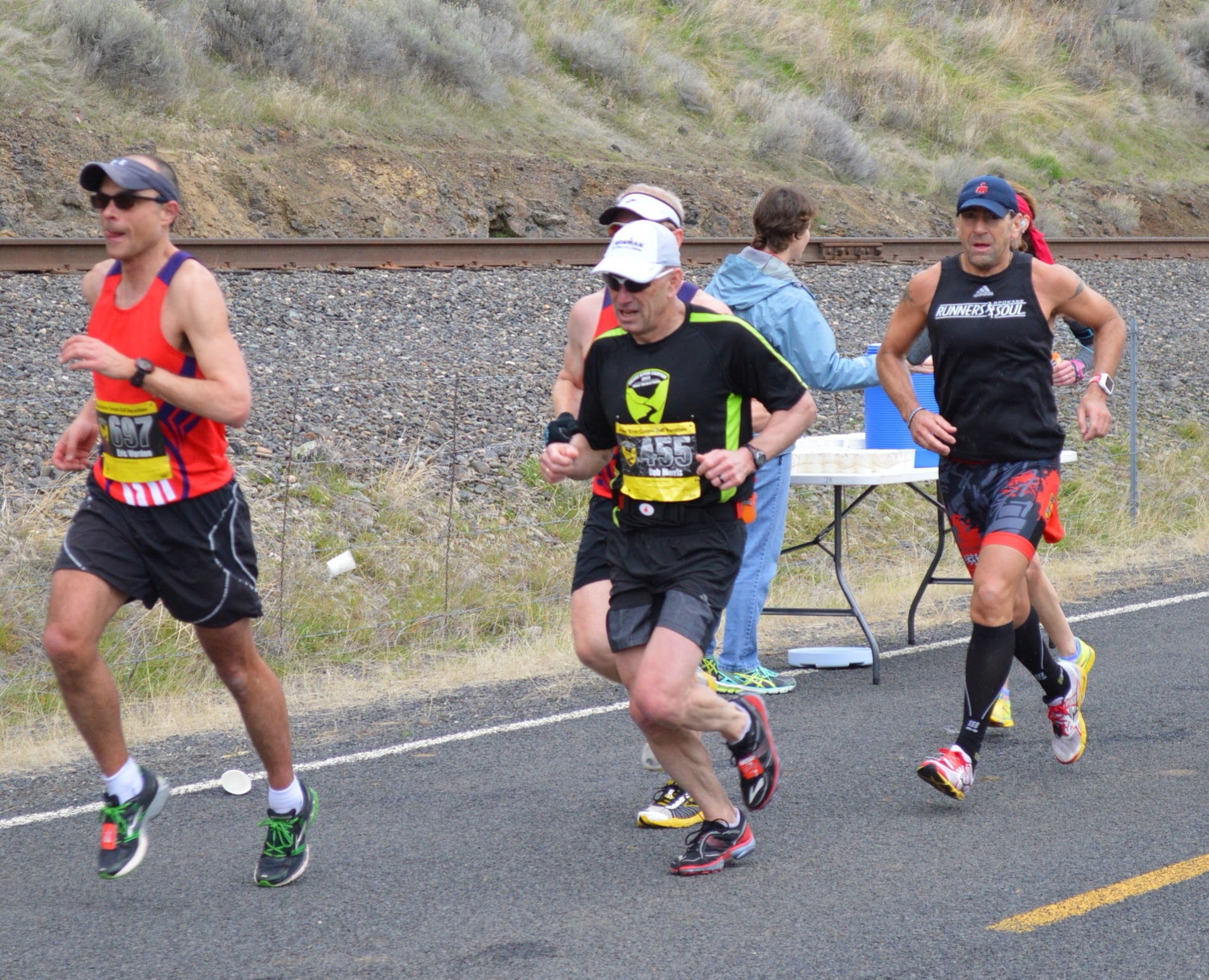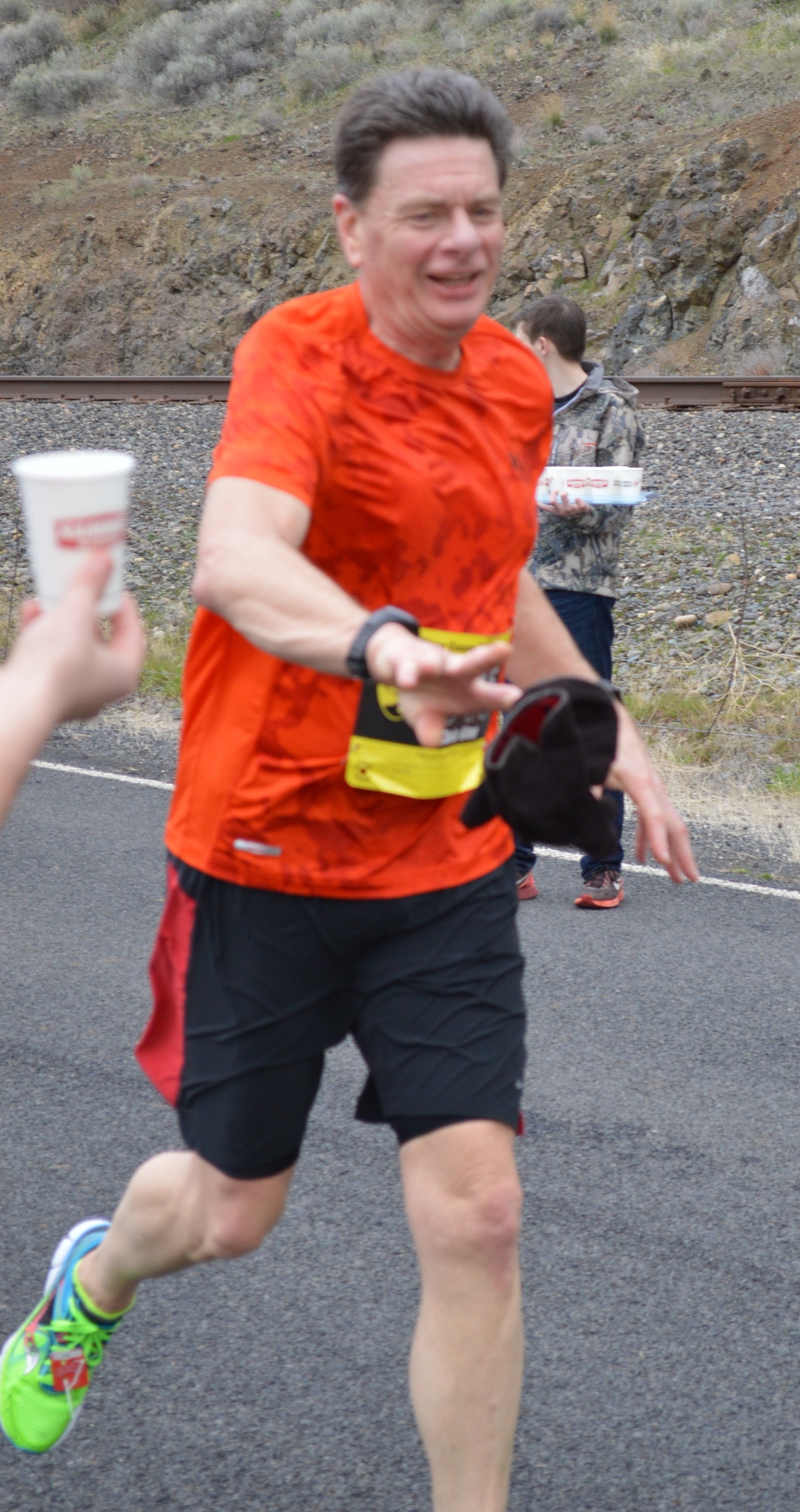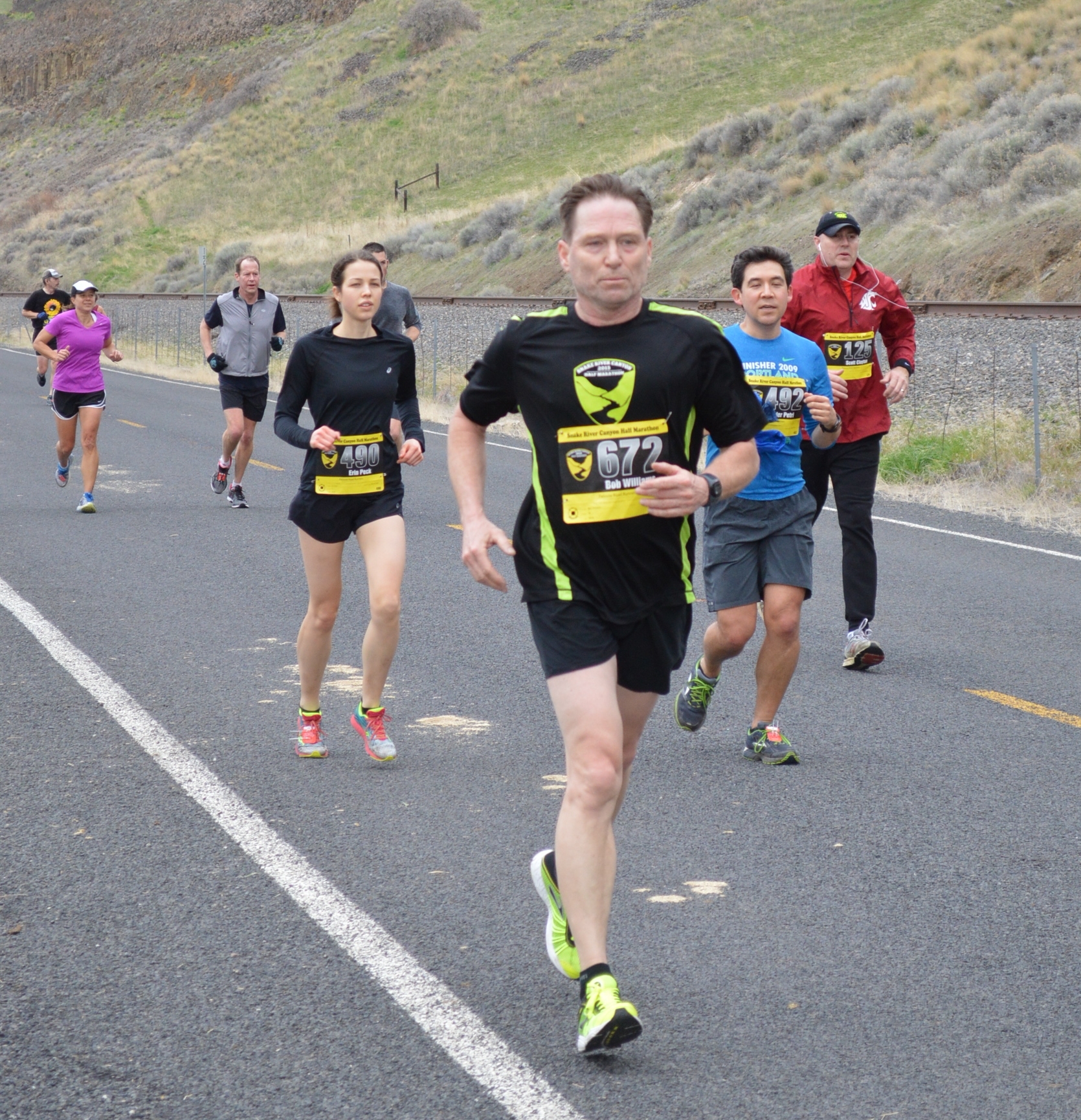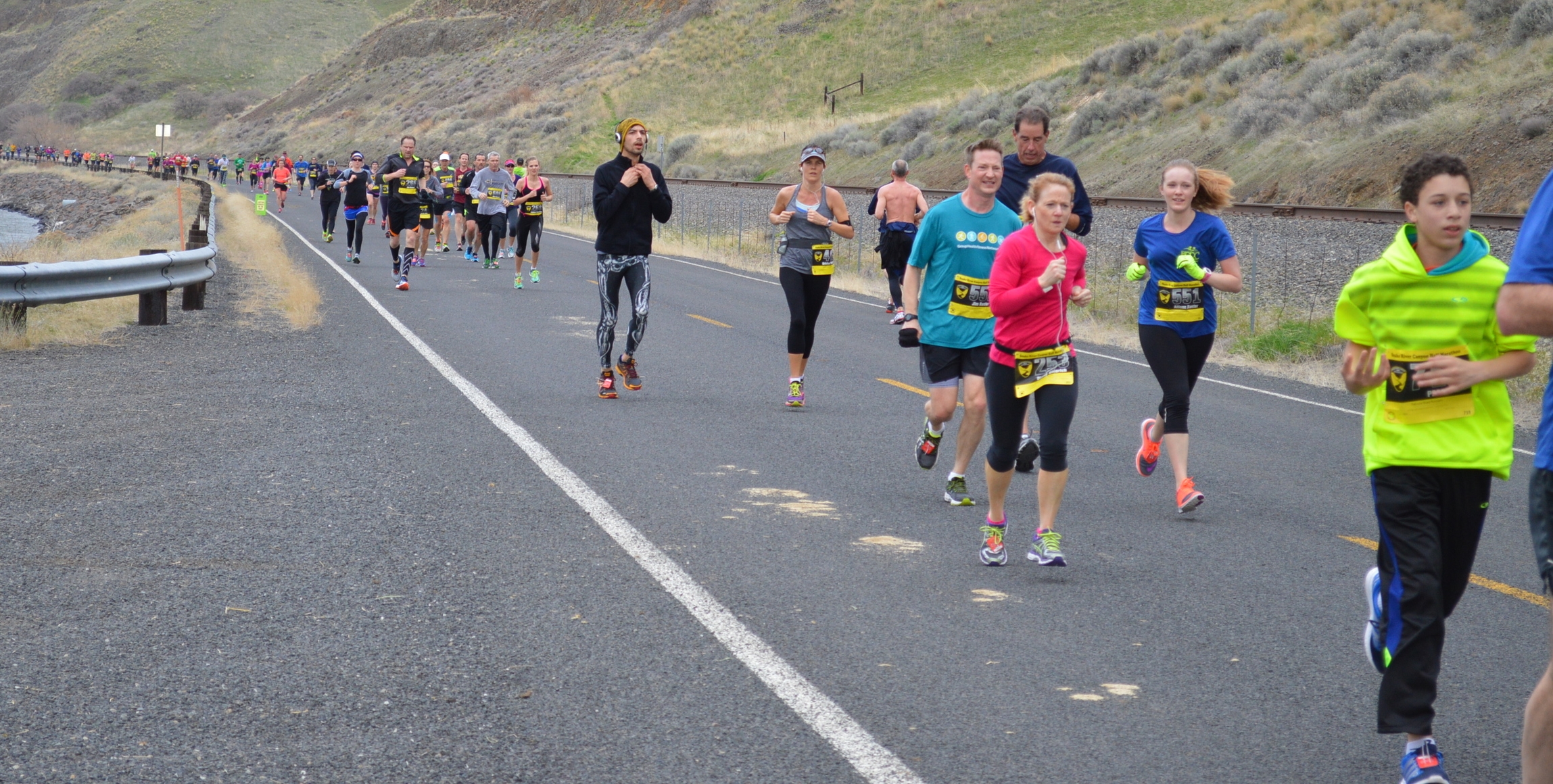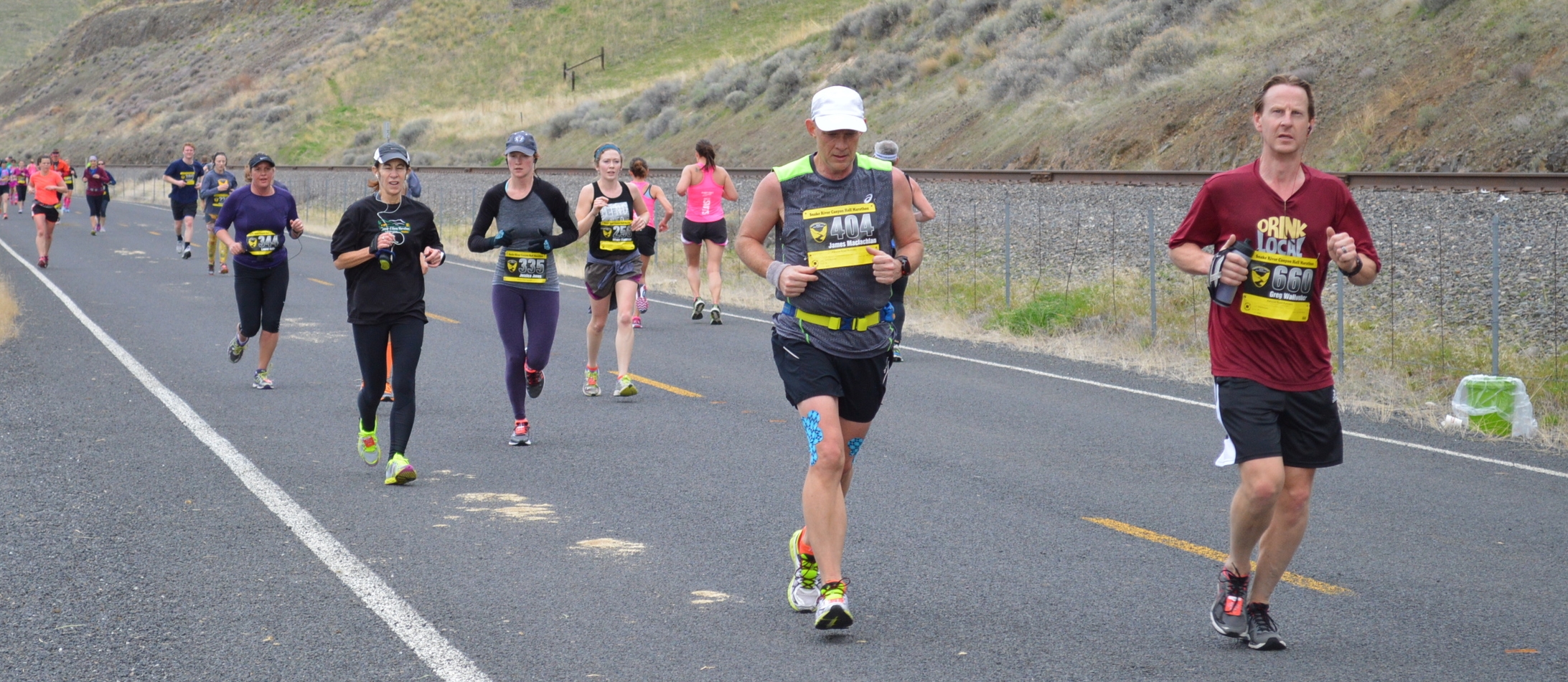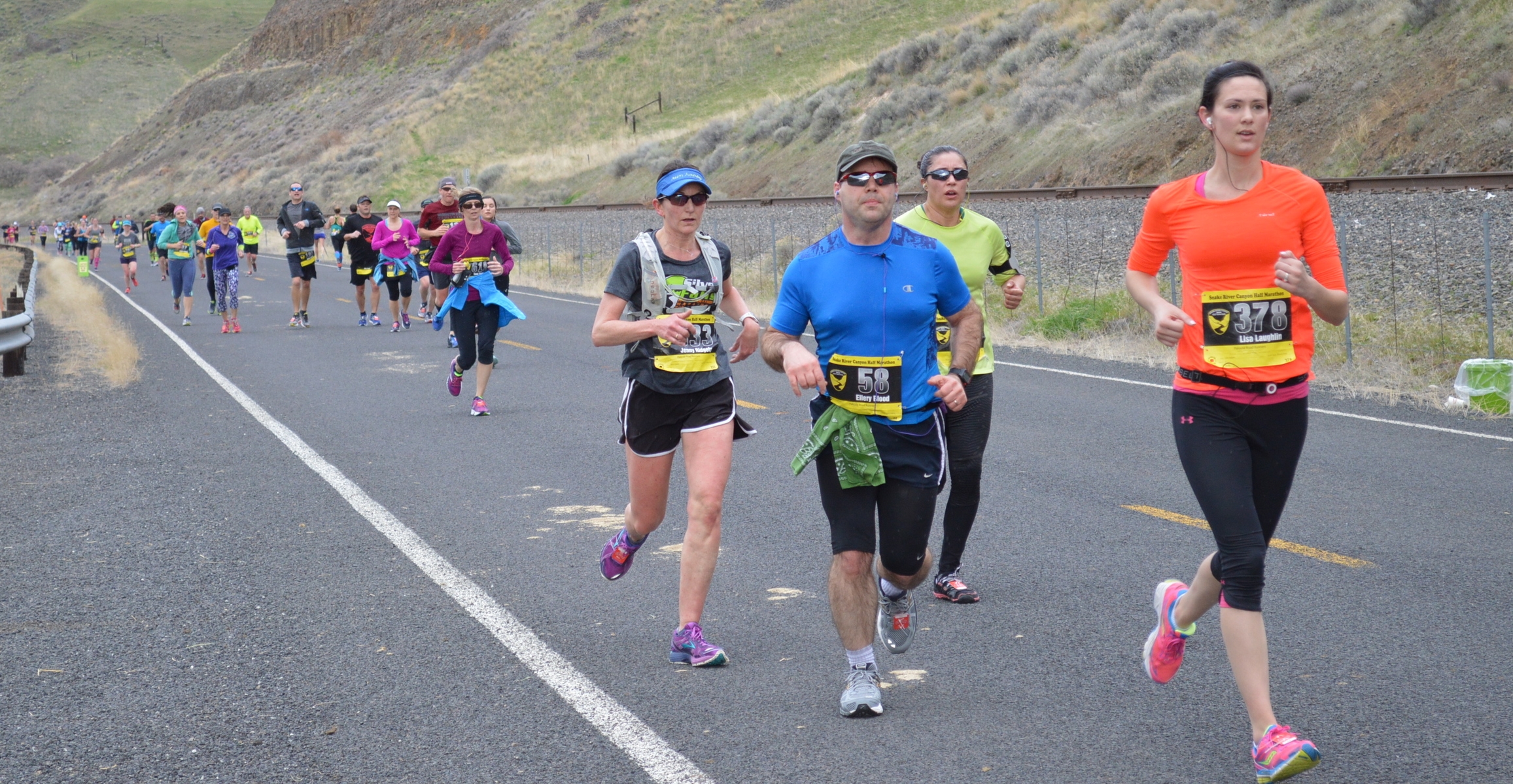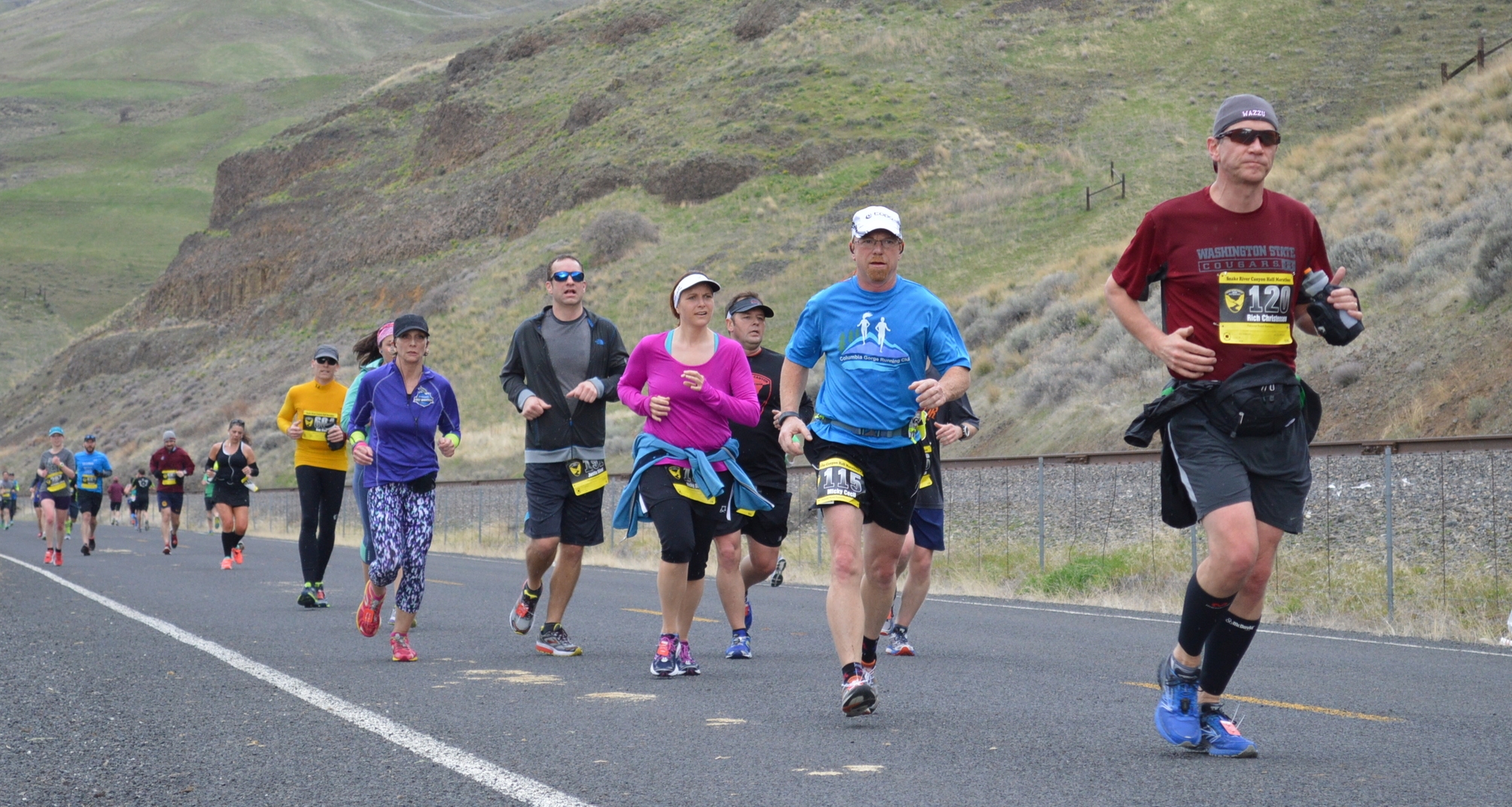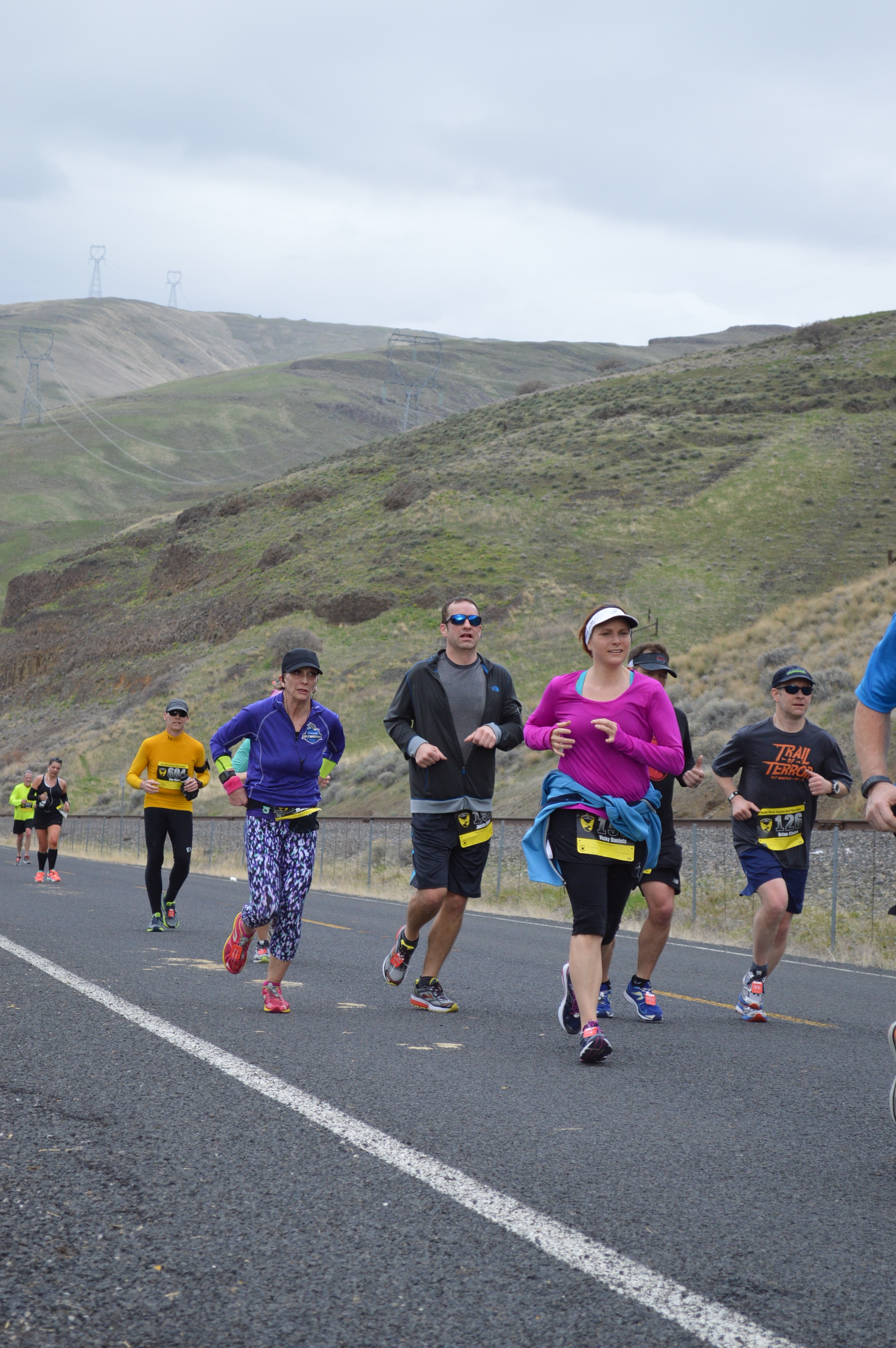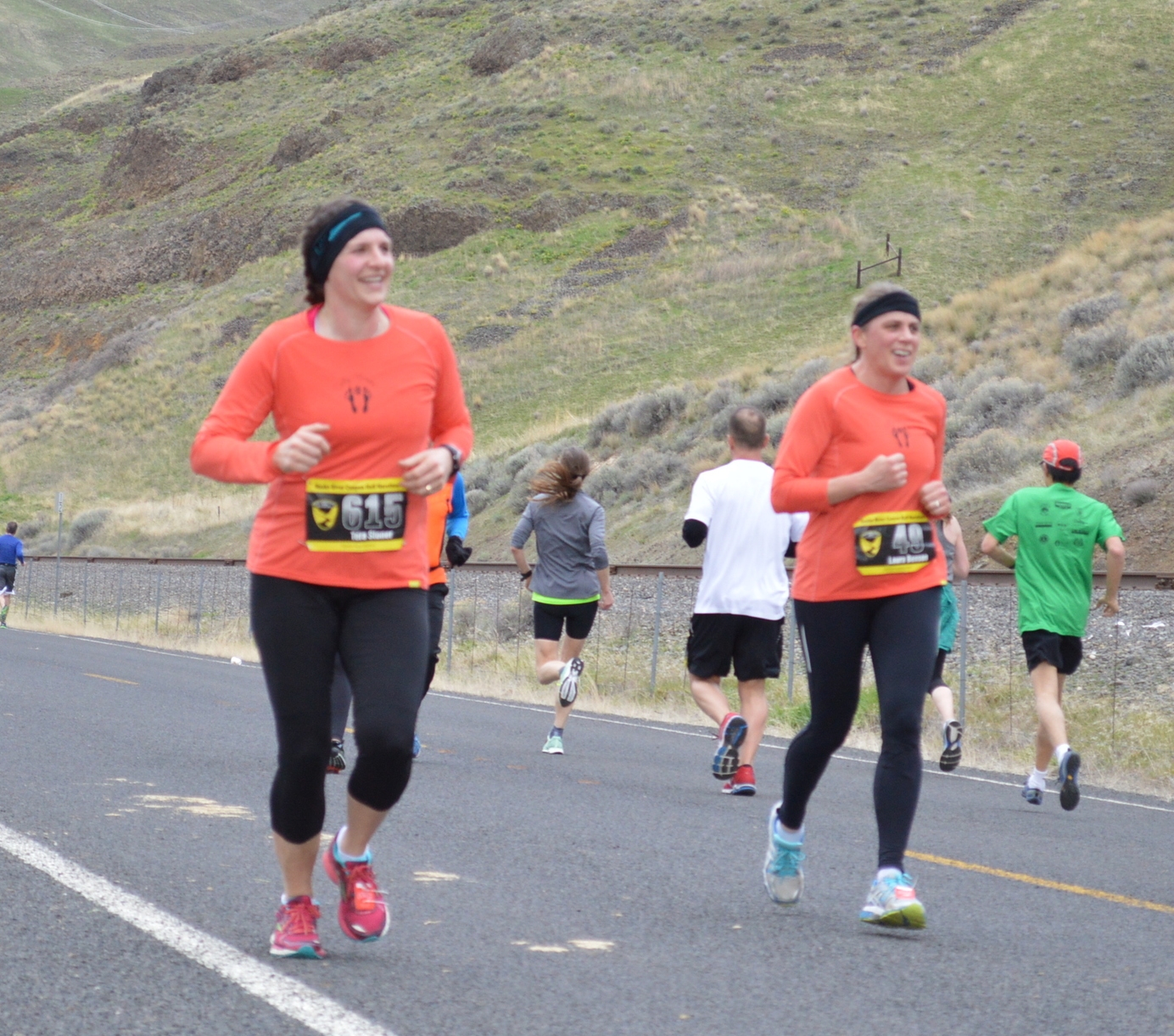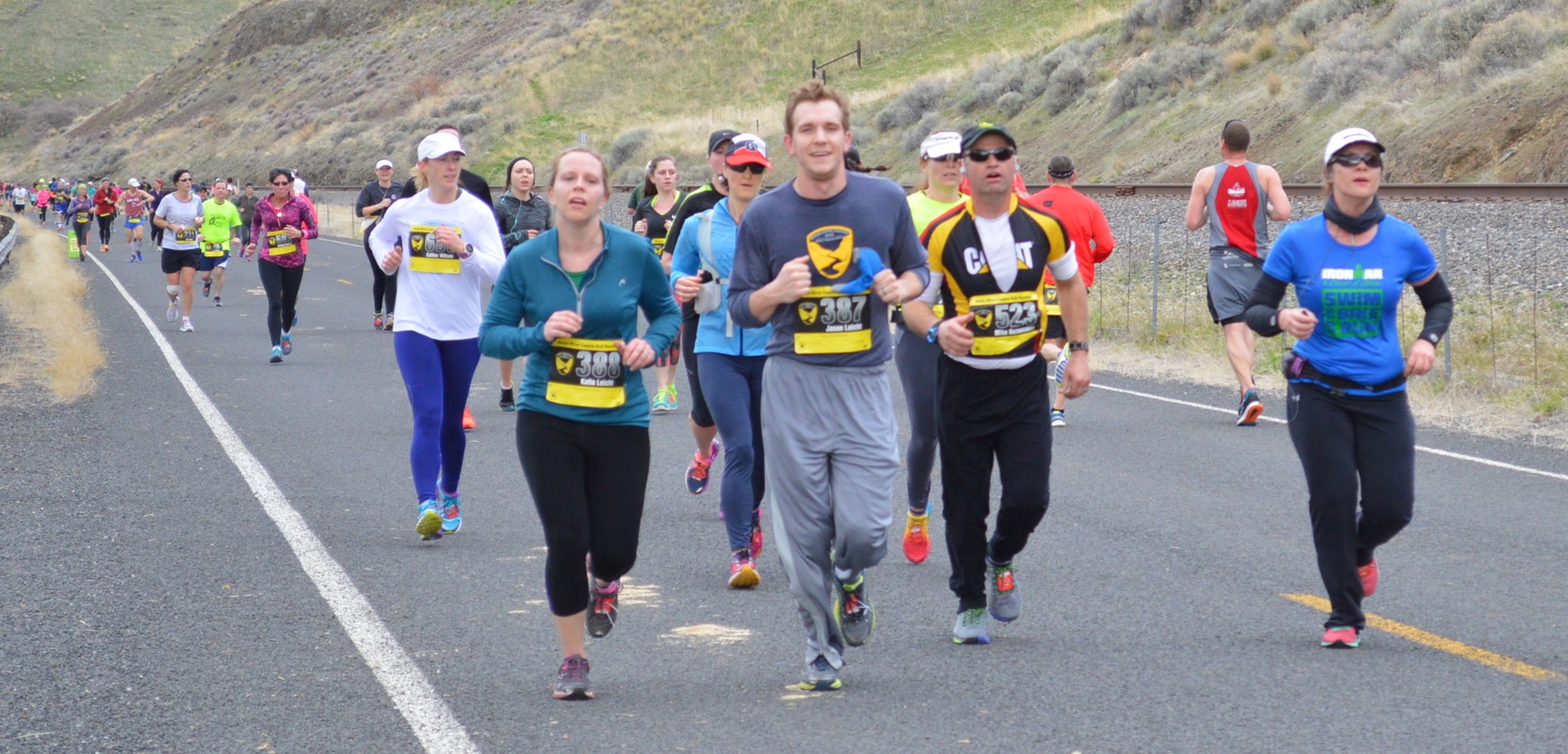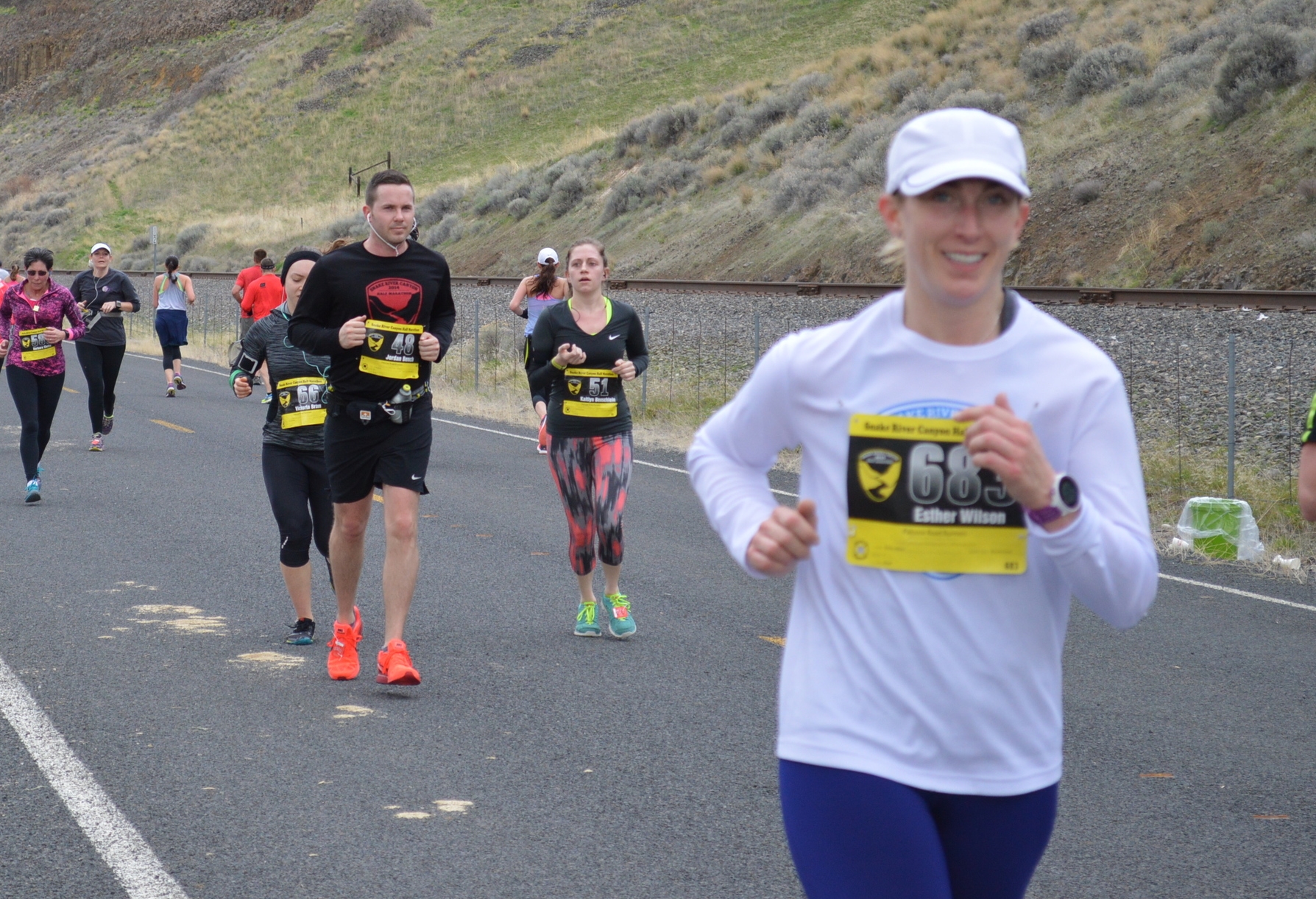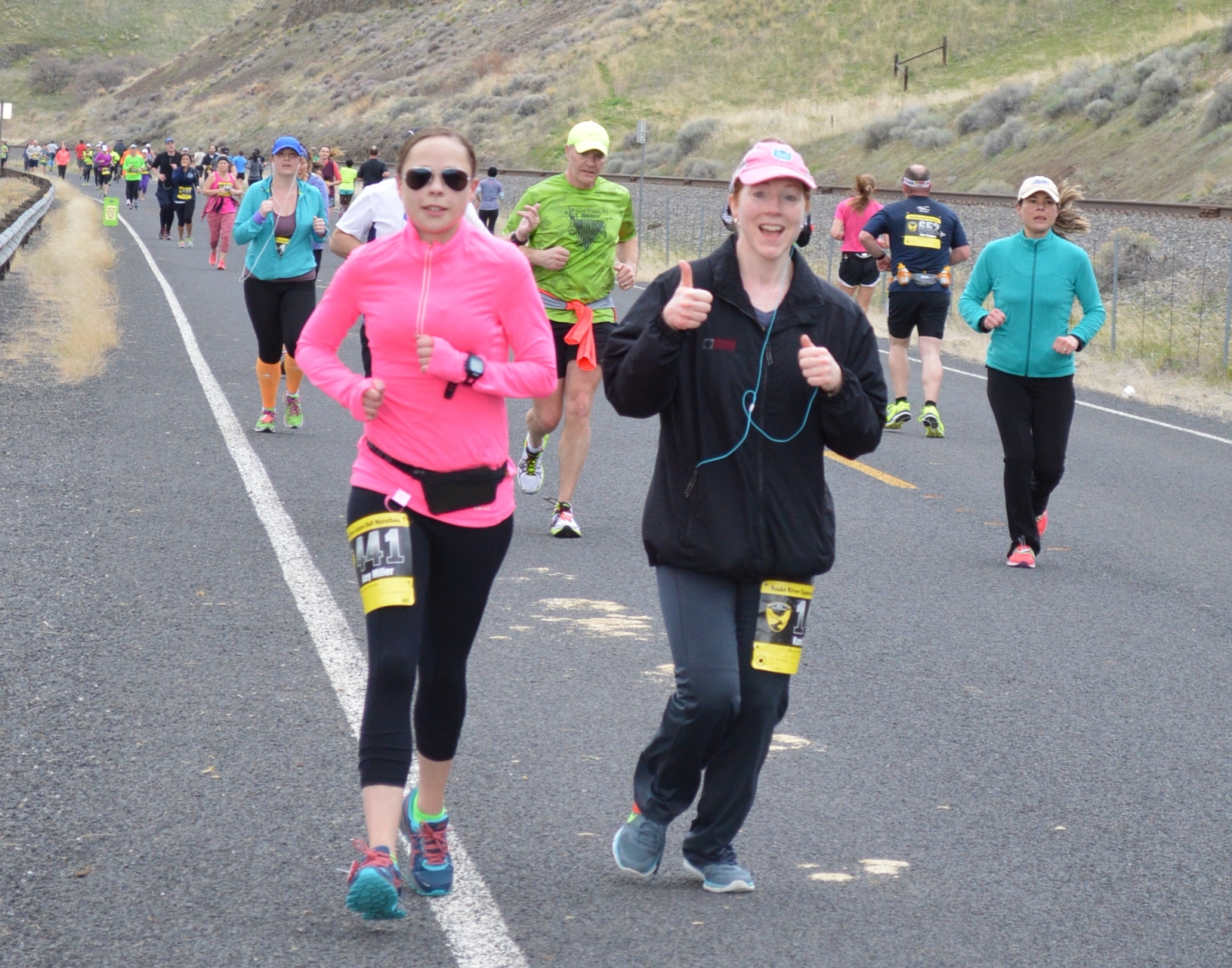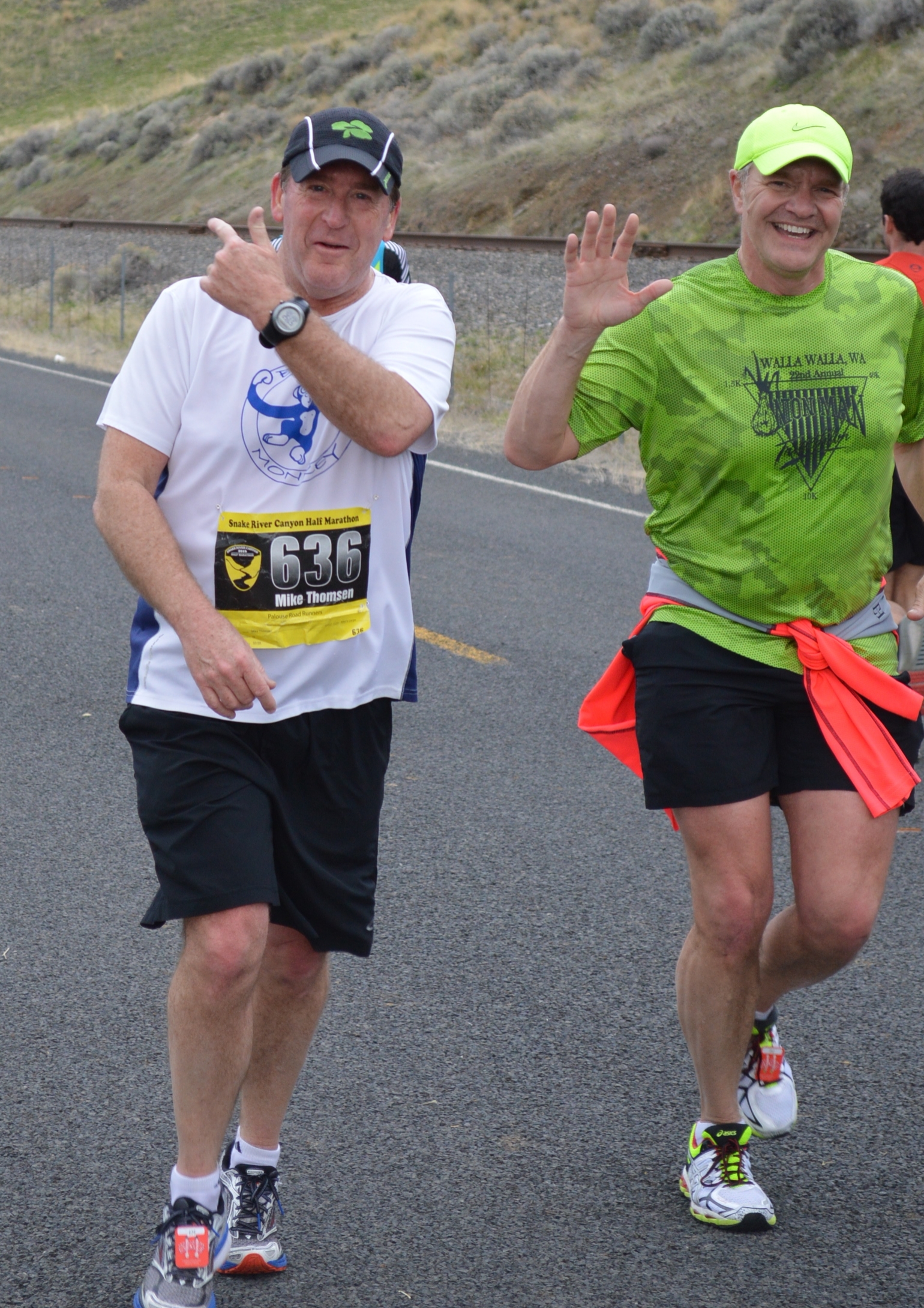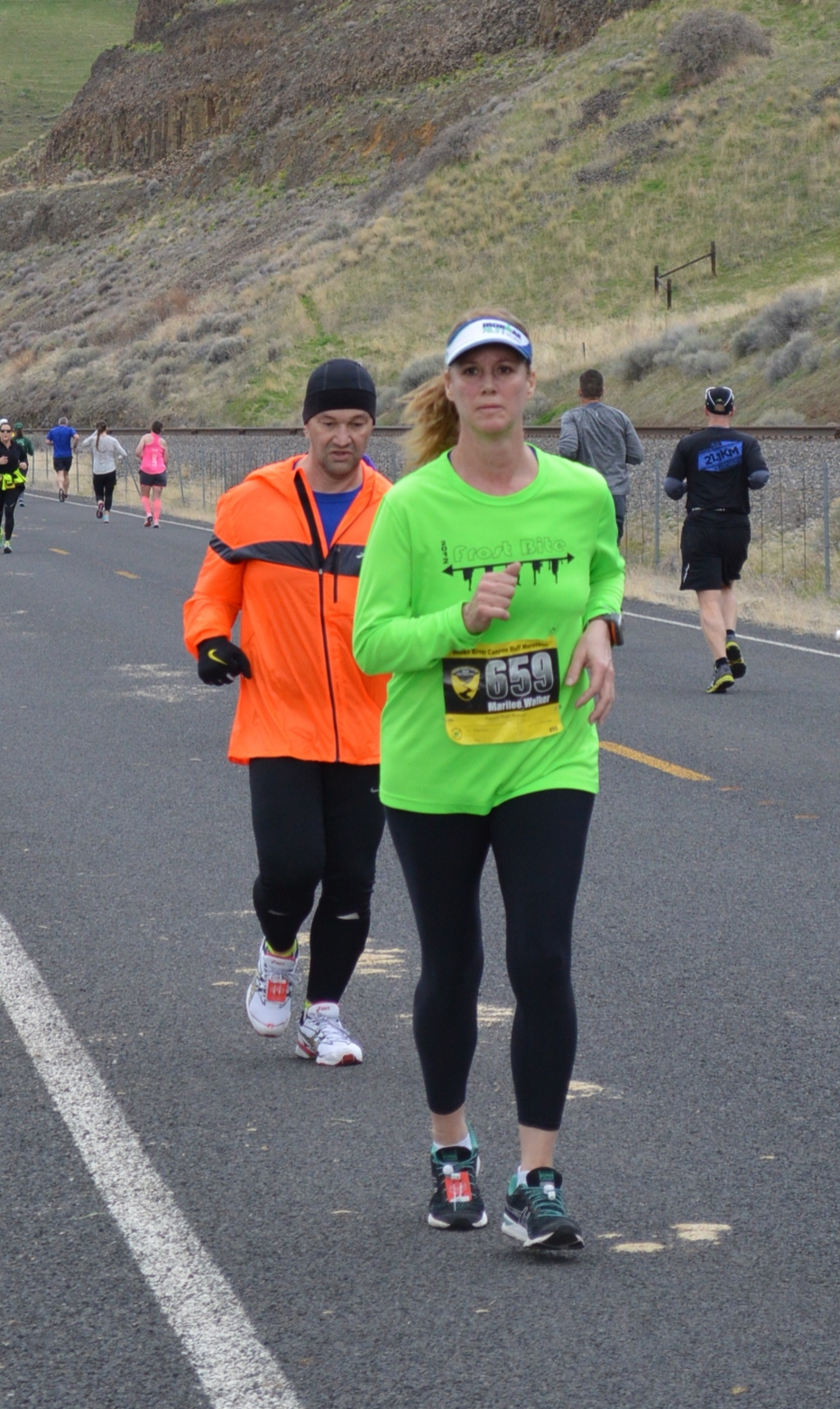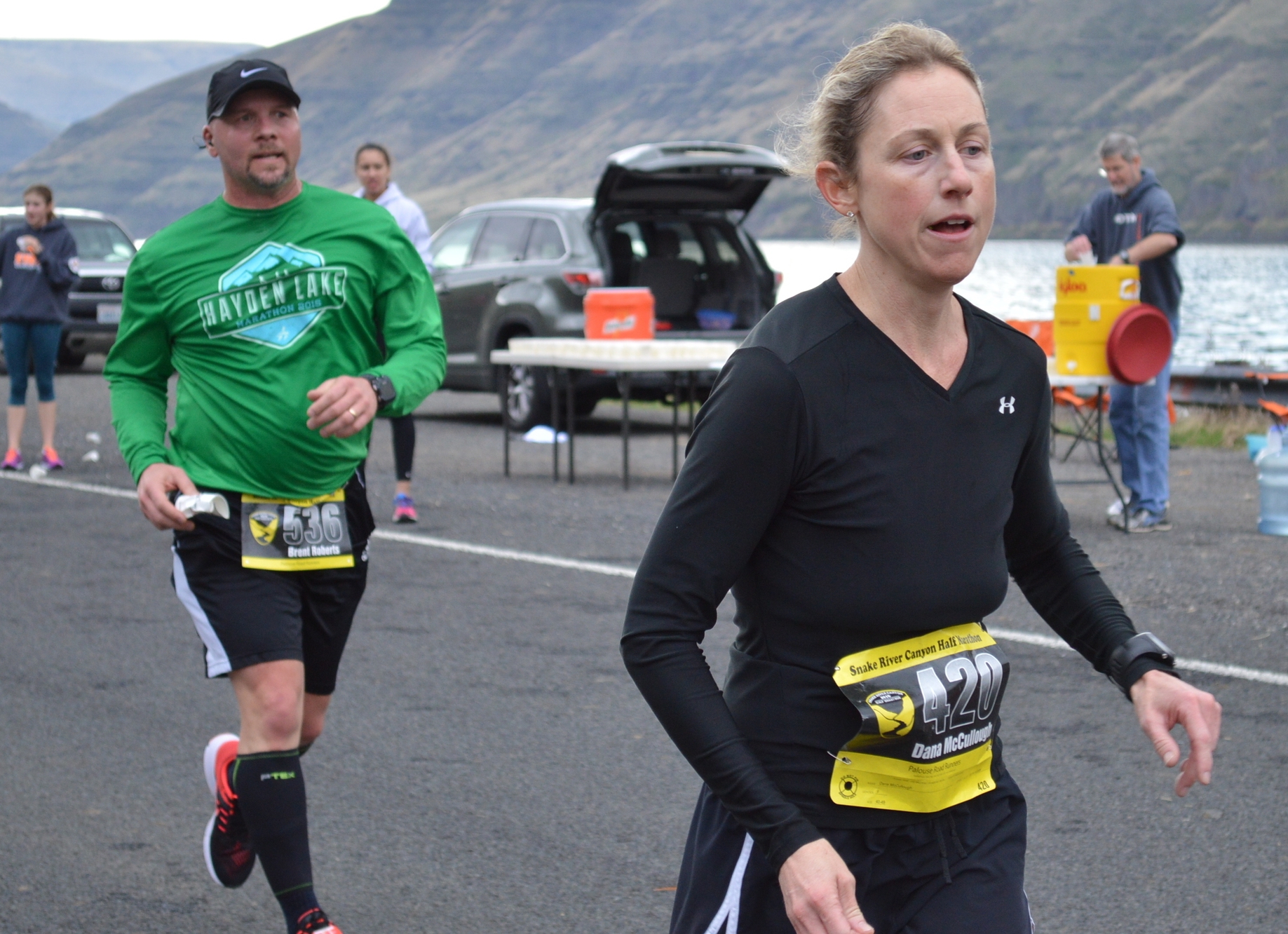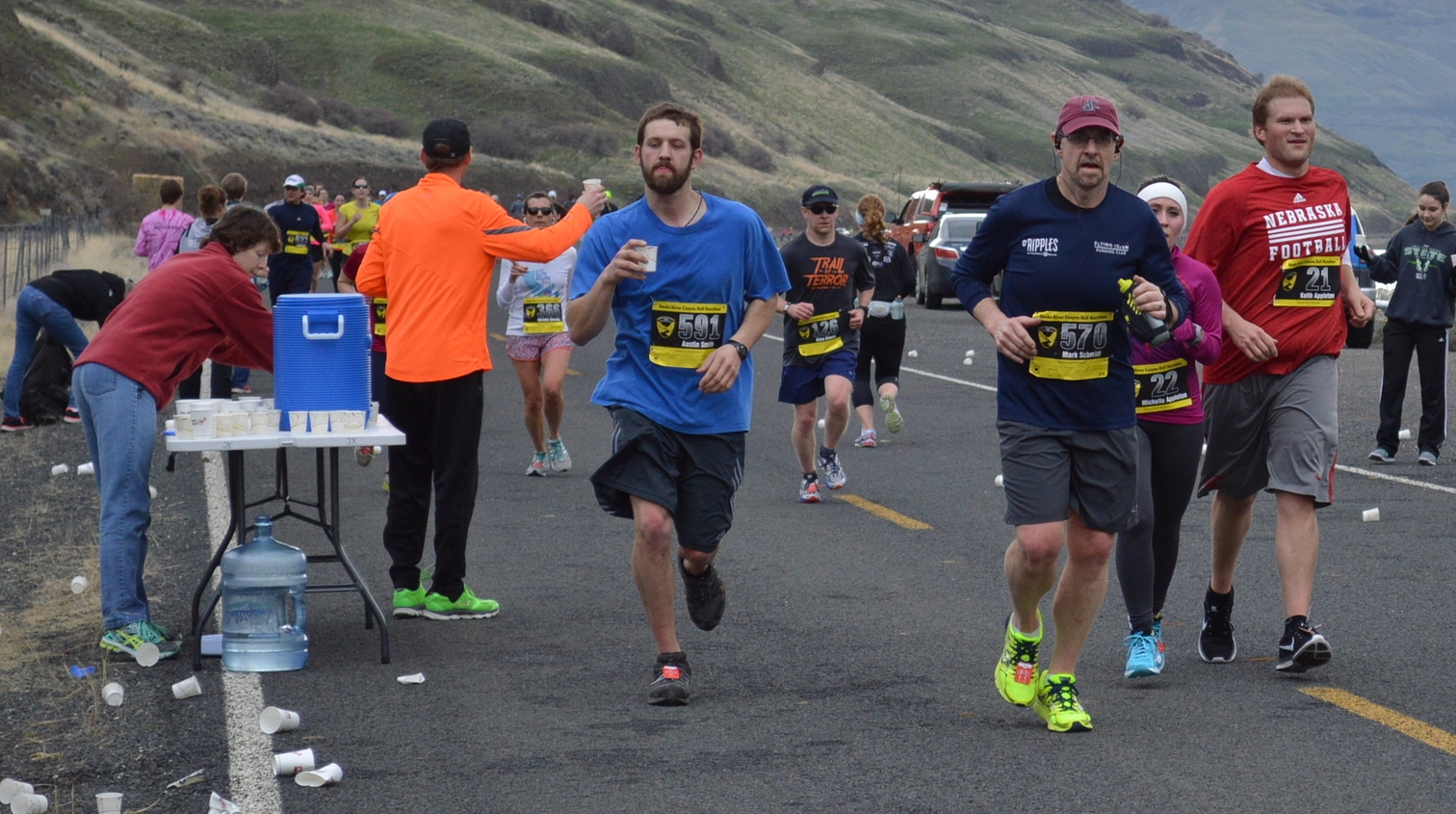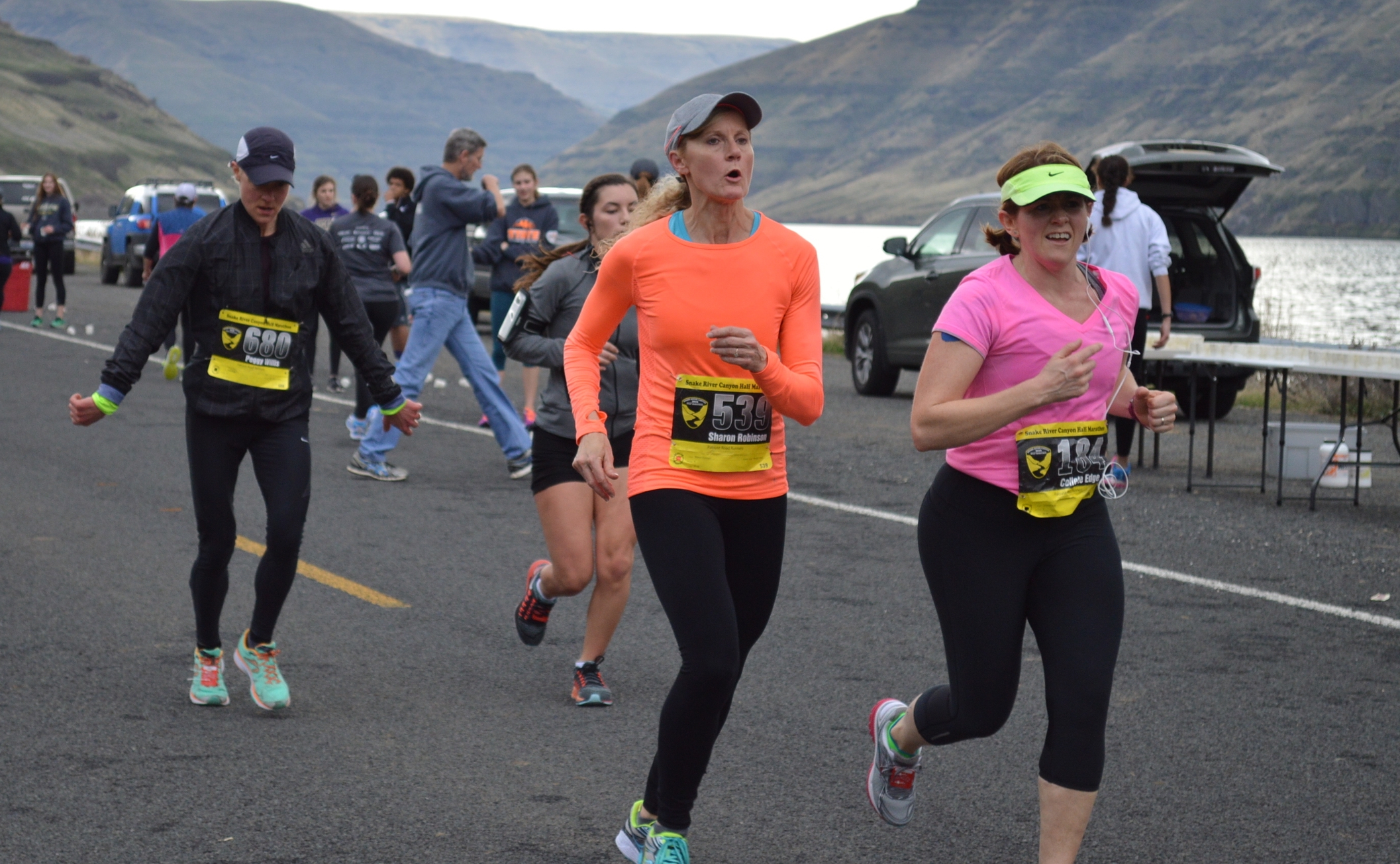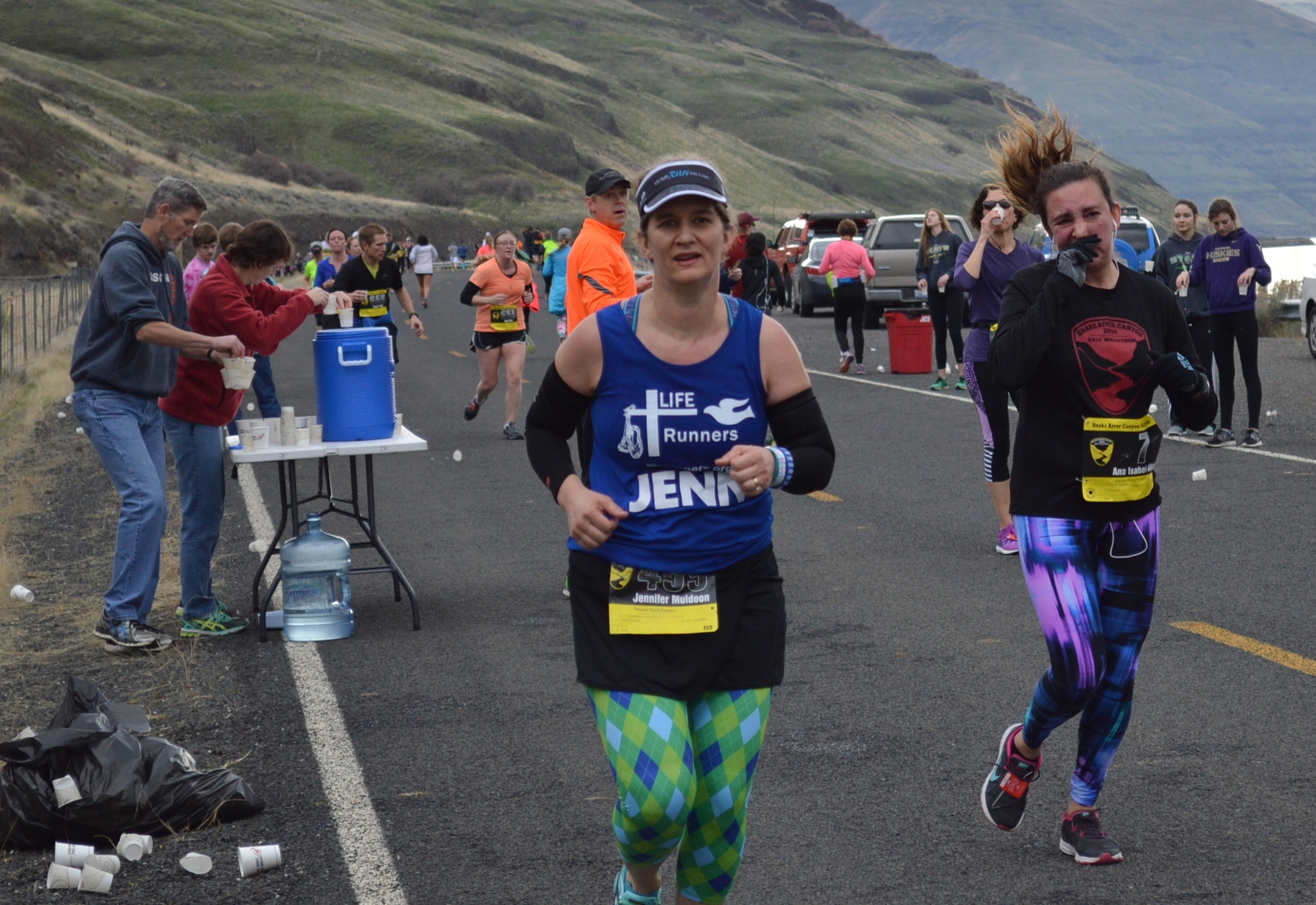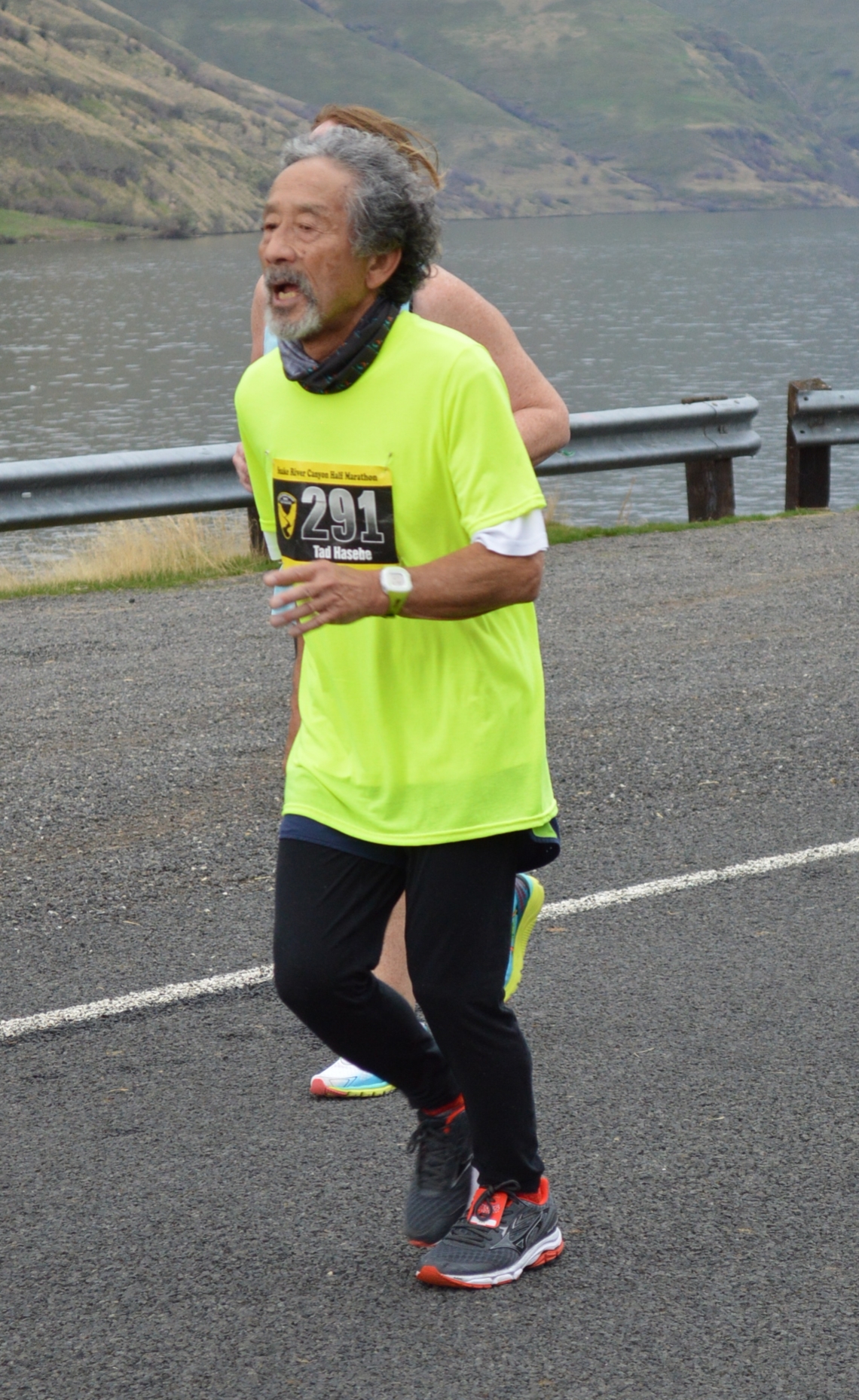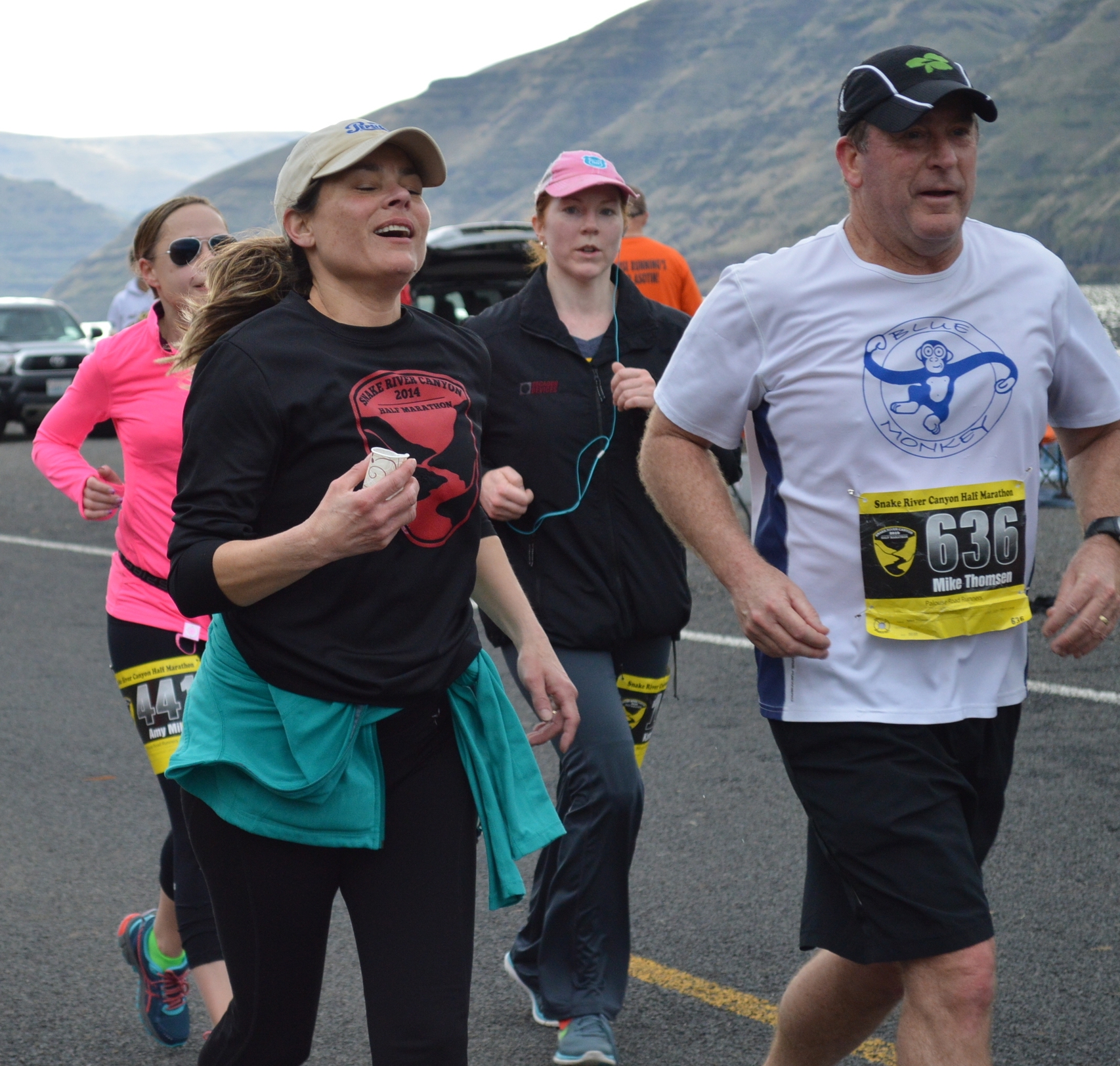Which is harder? Starting running - or restarting? Part Deux
While running, I pondered a question, the one in the blog post title. To see the beginnings of my thoughts, read this.
I started running again when I was 38 and recently laid off from Texaco. It wasn't a response to the shock or early-onset mid-life crisis, but a rational decision that I needed to stay in shape. At the time, I was working on a black belt in Tang Soo Do, a Korean style of martial arts. I figured my new boss did not want me to show up broken - and, with a family to feed, I couldn't risk getting broken.
So I decided I would run. Being goal-oriented, I decided not only that I would run, but that I would complete a marathon, so I picked one that was about six months out, the San Diego Rock 'n Roll. Seemed like a big grand thing to try for.
My first run getting ready was four miles, in rain, wearing heavy cotton sweats. It pretty well sucked but I covered the ground. Now, I was still doing the martial arts, just not the sparring. I was splitting my limited spare time from my new job driving a lumbering concrete mixer six days a week between the running and time at the studio.
In most respects, I was not a returning runner, but a new runner. I had no recent baselines and no real memory of training habits to guide me. No coach. I just ran when I could, averaging about 25 miles a week.
Marathons ought not be taken so lightly. For you veteran runners, quit laughing. I survived being dumb.
Then I moved up to a new class of dumb, tackling ultras and falling in love with trail running. It turned out that I was good enough to win age group awards in the ultras that I entered, but it was the ability to go out and cover 30, 40, 50 miles of trails in solitude that captured my spirit. I found I didn't need racing to run. I averaged 70 miles a week and felt like my legs could take me anywhere.
My body conspired against me, though. I have gout (and probably psuedogout) and long-distance running exacerbates the problem. I became an expert at managing hydration to limit the deposition of the monosodium urate crystals that trigger the worst attacks. In February of 2005, I reinjured my back coaching youth basketball and lost feeling in my right leg. Months of rehab with a physical therapist followed, which was better than the surgery that the doctor wanted to do. Different surgeon got to cut on me to repair a hernia. It was a challenging year, but I ran a marathon (Seafair in Seattle) and Hood-to-Coast with that hernia.
Gout is, unfortunately, a progressive disease, one that eventually leads to gouty arthritis and tophi, deposits below the skin. I have both, and an extra bonus complication.
I haven't had a major cold, the kind that puts a person in bed for days, in decades. My immune system is so hyped from attacking the gout that it is at full alert at all times. It detects an intruder, it tries to kill it. Ironically, this includes NSAIDs used for treating the swelling of gout attacks and the gout medications themselves. Effectively, my immune system triggered allergic reactions to the meds.
It took three years for the doctor and I to get my immune system to be slightly less aggressive so I could take probenecid. (I still react to allopurinol.) Once we could start treatment, it was almost a year of non-stop attacks while the medicine purged my body of extra uric acid. A year without running. Afterwards, the side effects of the drugs became evident. I'm now anemic. Taking iron supplements helps, but only masks the problem.
I'm slow, slow, slow, but . . .
Now I'm in a restart cycle, and back to running, though different than when I decided to run that first marathon. This time I have the memories close at hand of what I could do. Every time I run and look at my watch, see a 10 minute mile pace, I can recall knocking down that same mile in seven's. Hills I used to climb with ease require a walking break.
It's easy to get discouraged when, week after week, it becomes more clear that I won't be able to run the same way again. I have to remind myself of all the work I put in before, the miles of training, the hours on the track doing speedwork. Most especially, I need to remind myself to be patient. It took years to build the base that let me play on mountain tops, and years to lose it. I won't get it back in a month or even a year.
Whether you're just starting to run, or making a comeback to running, hope is a crucial element. It's easier for the newbie, but perhaps even more important for the runner coming back for whatever reason. Coming back, fighting not just the physical battle, or the mental battle, but your own memories, is tough.
So, stay hopeful, run gently, and good things shall come.
I promise.

